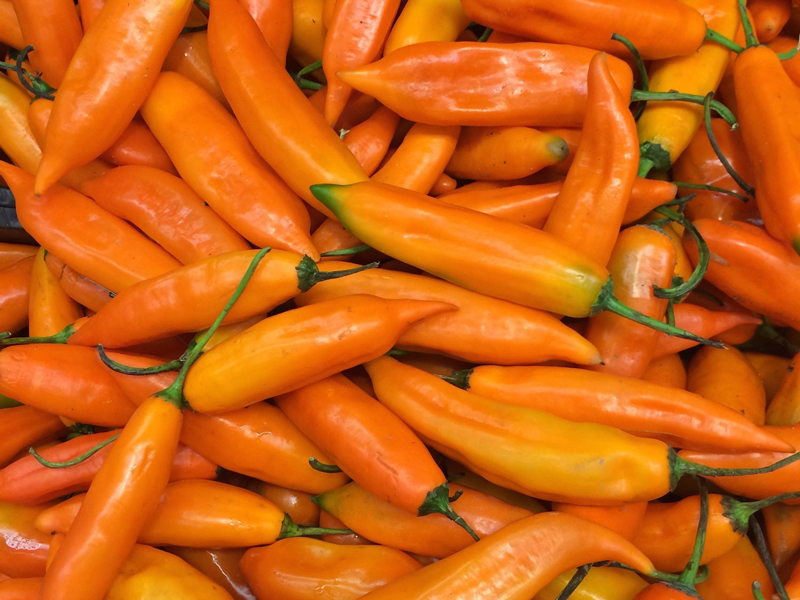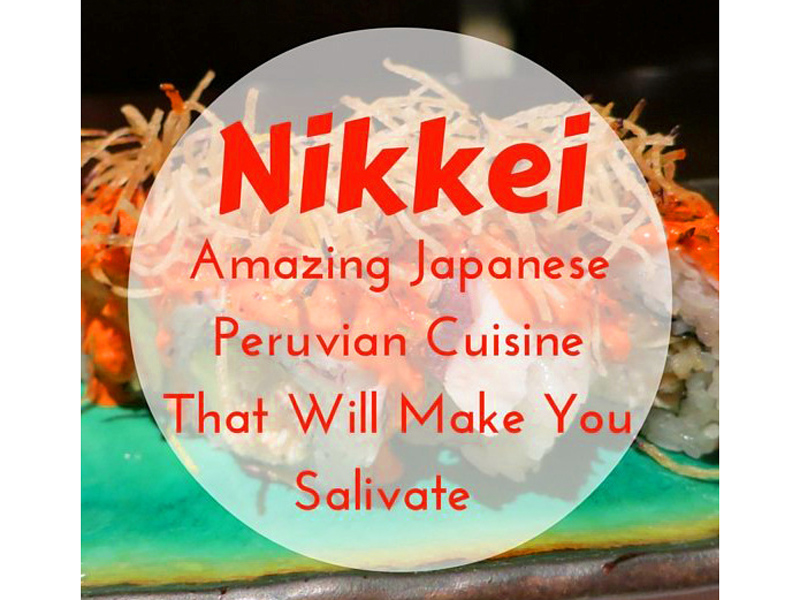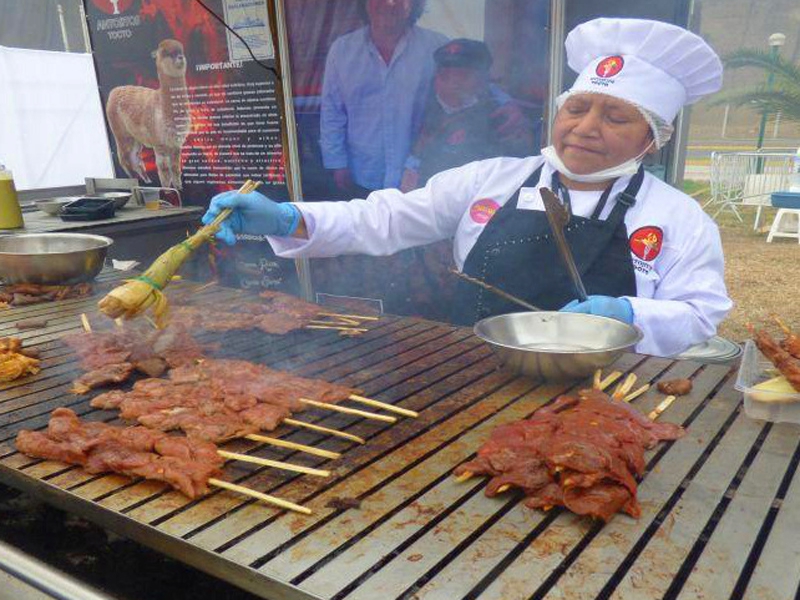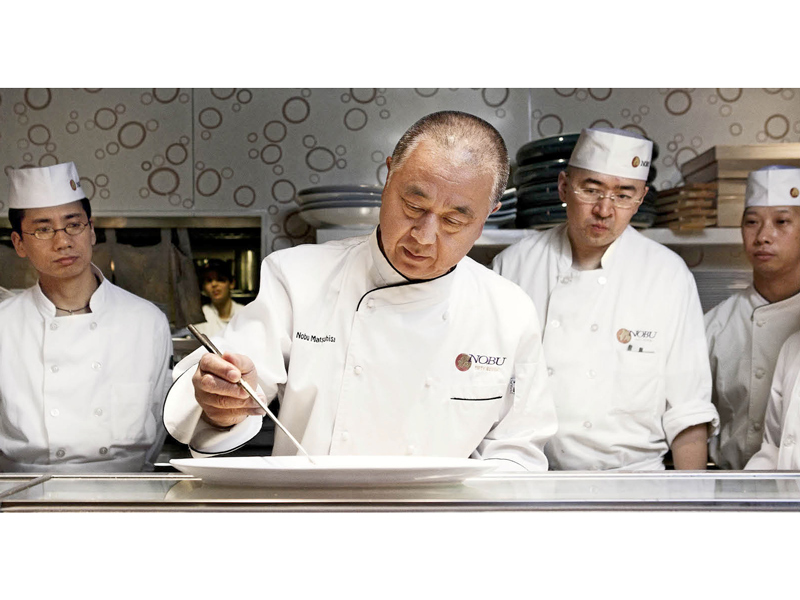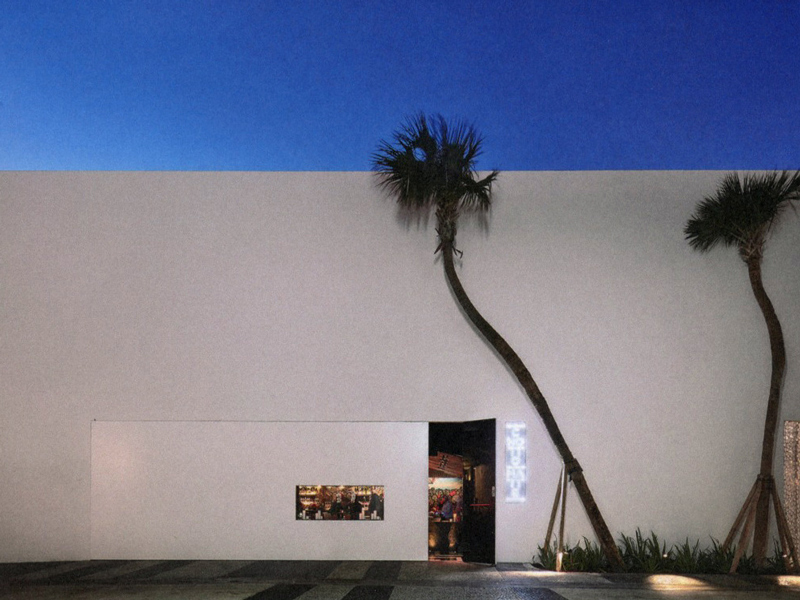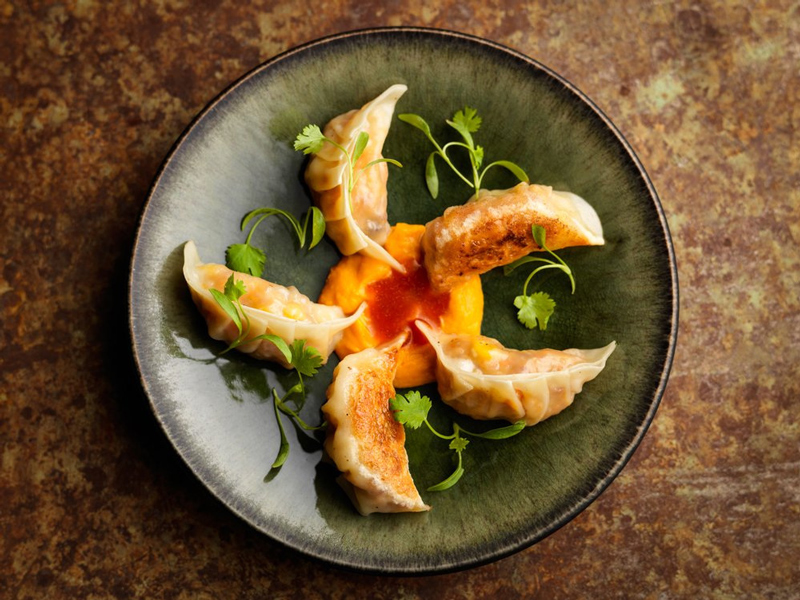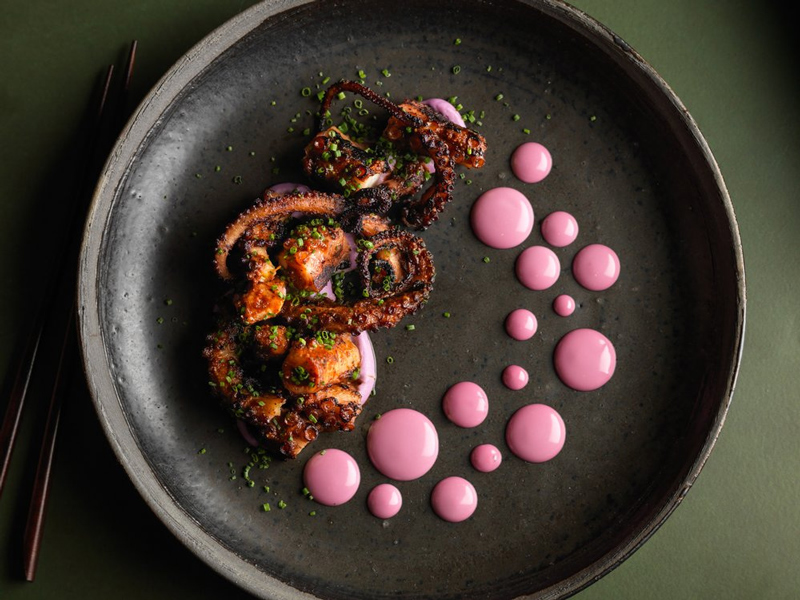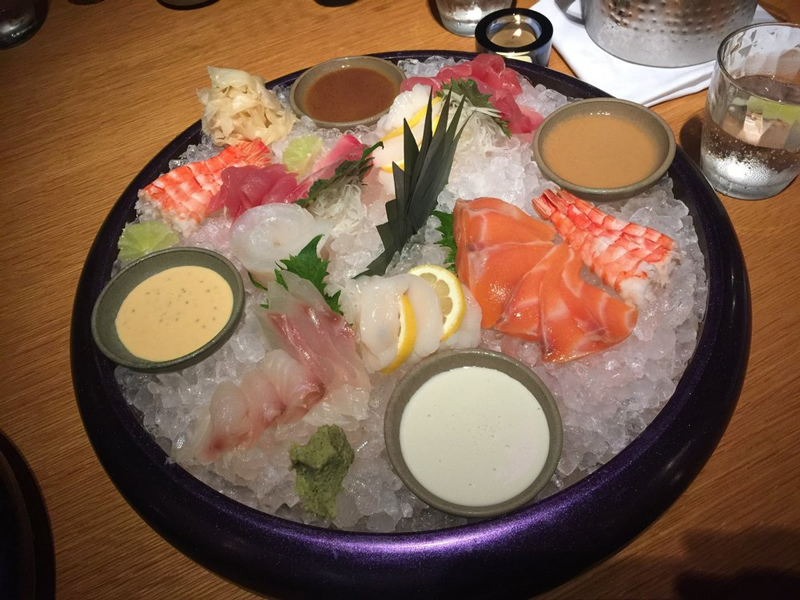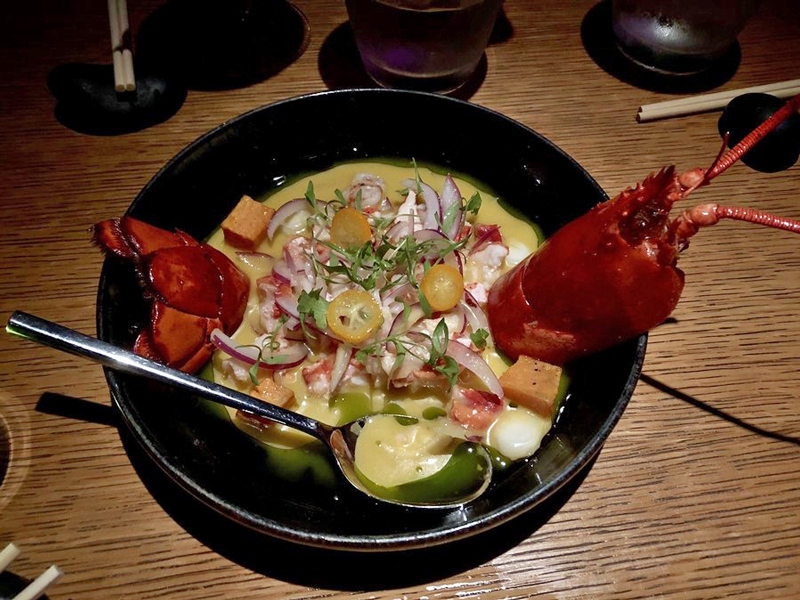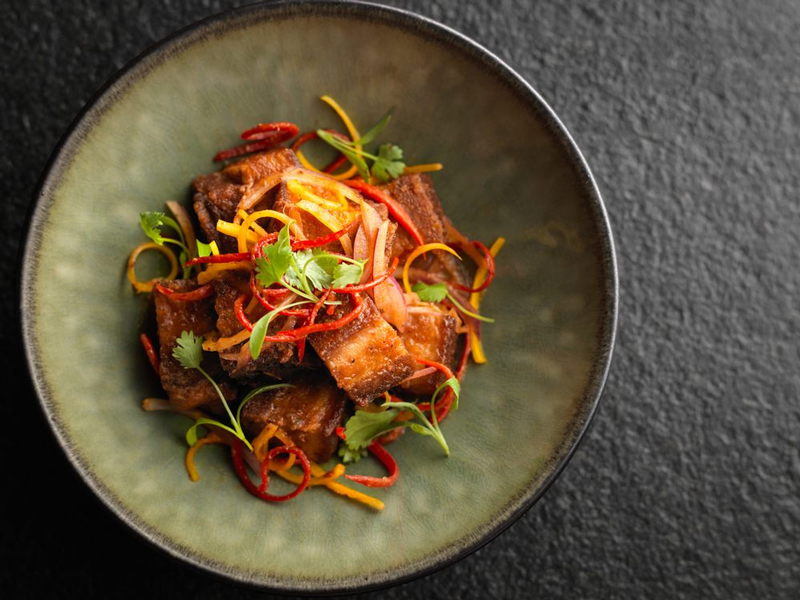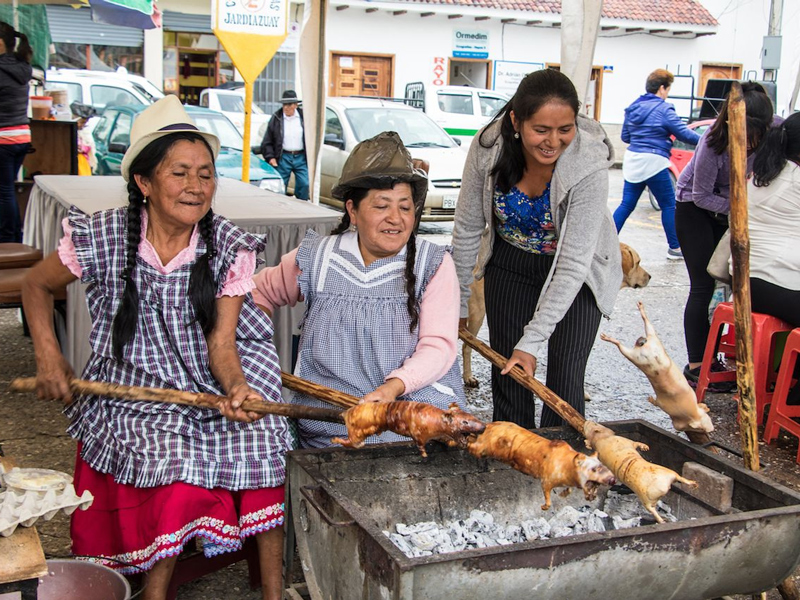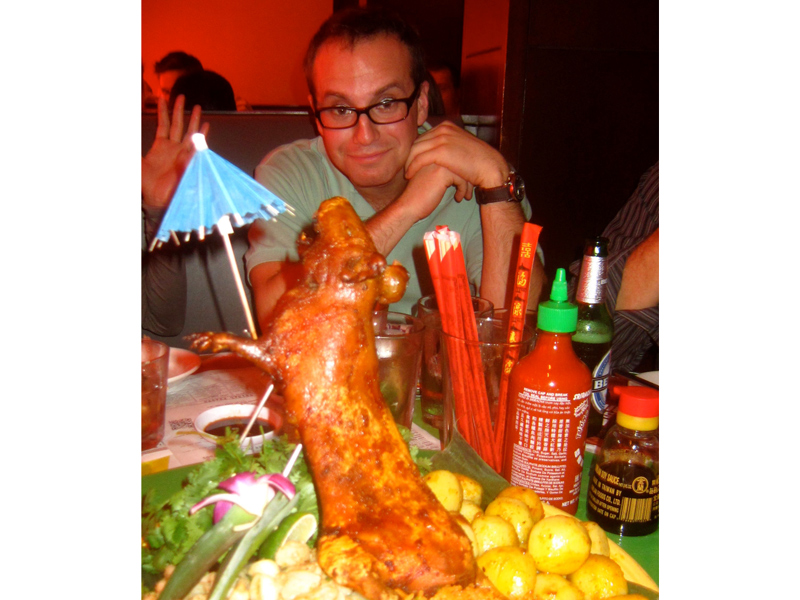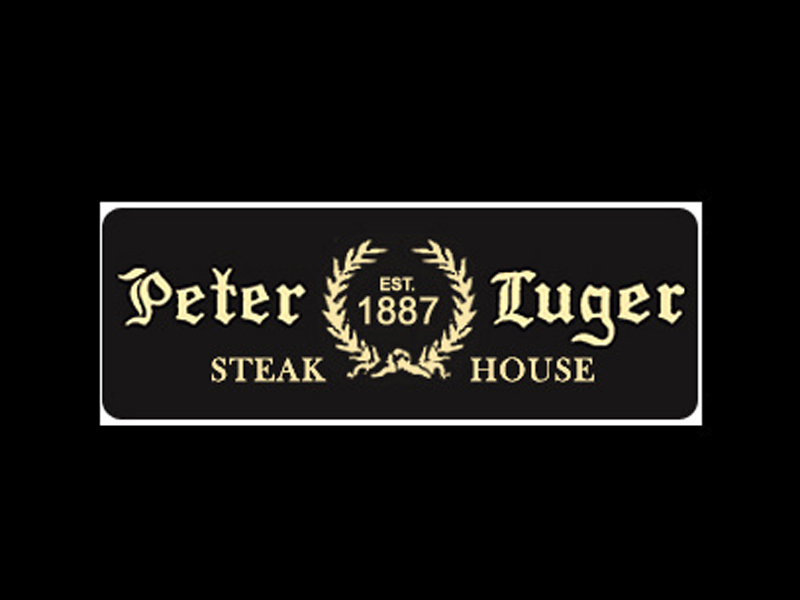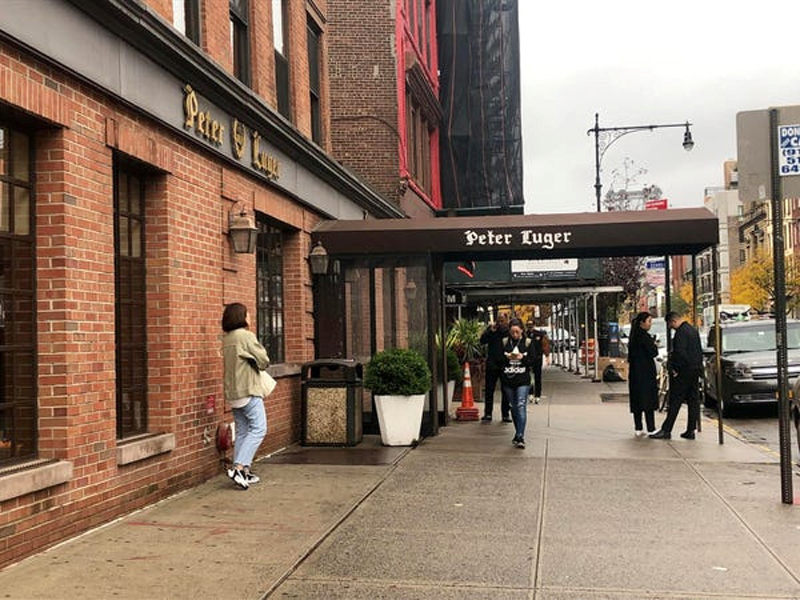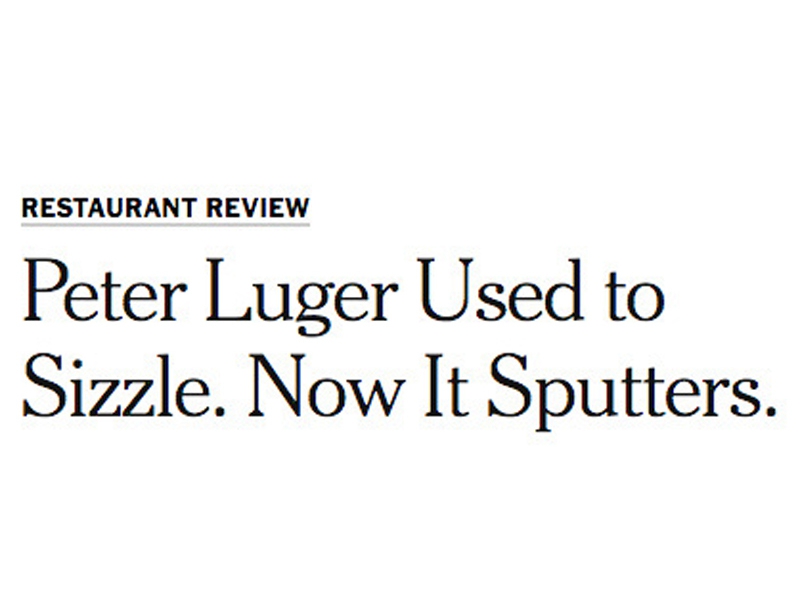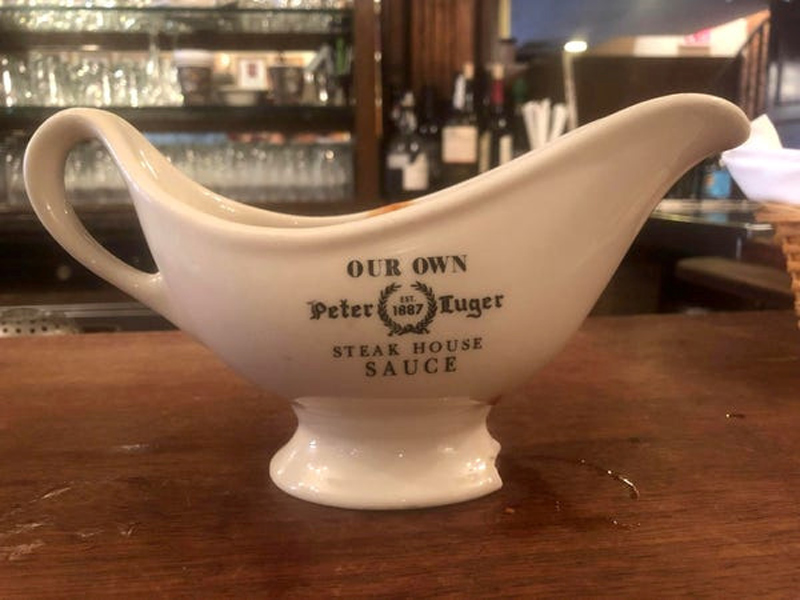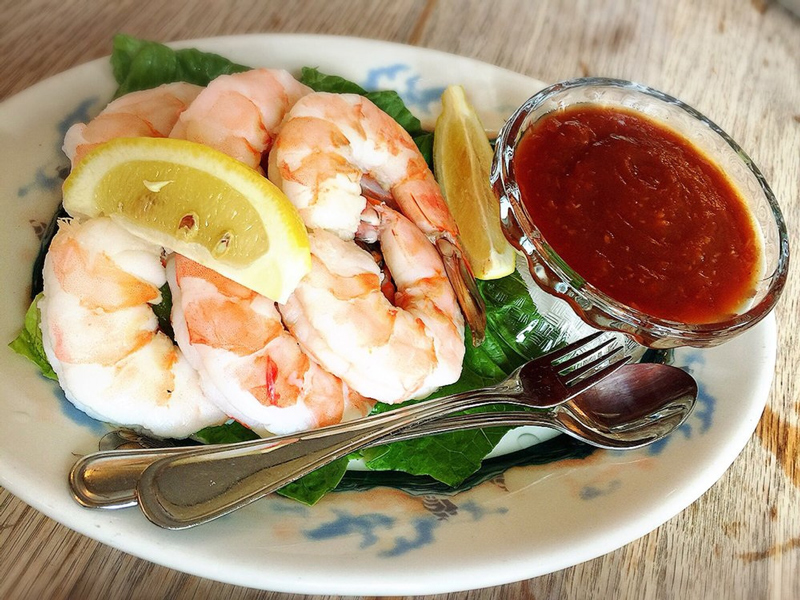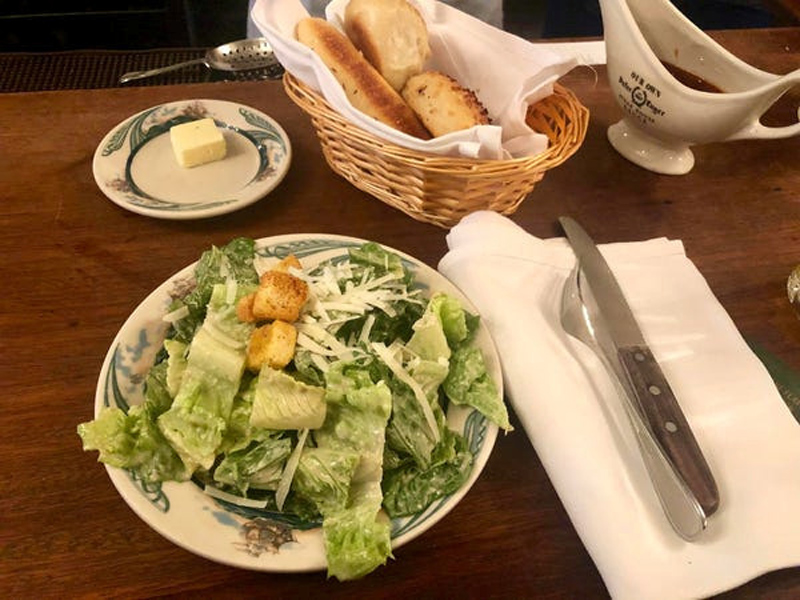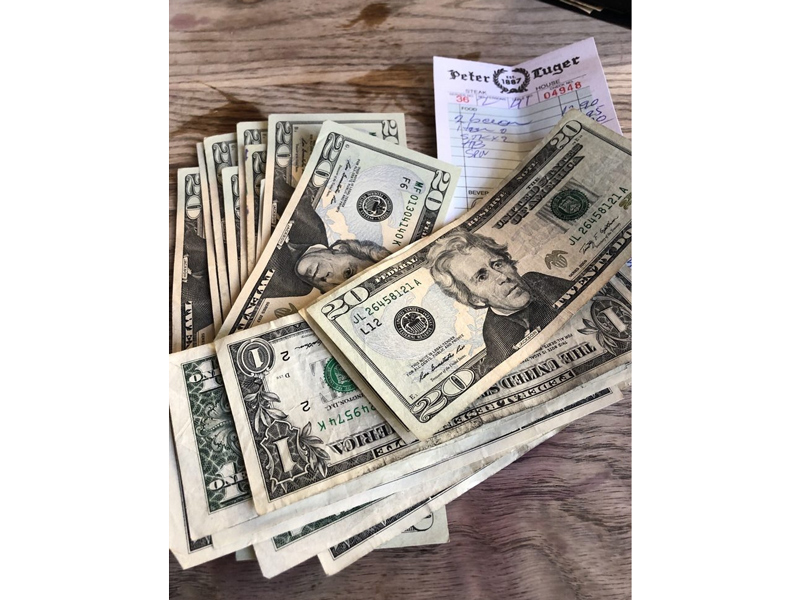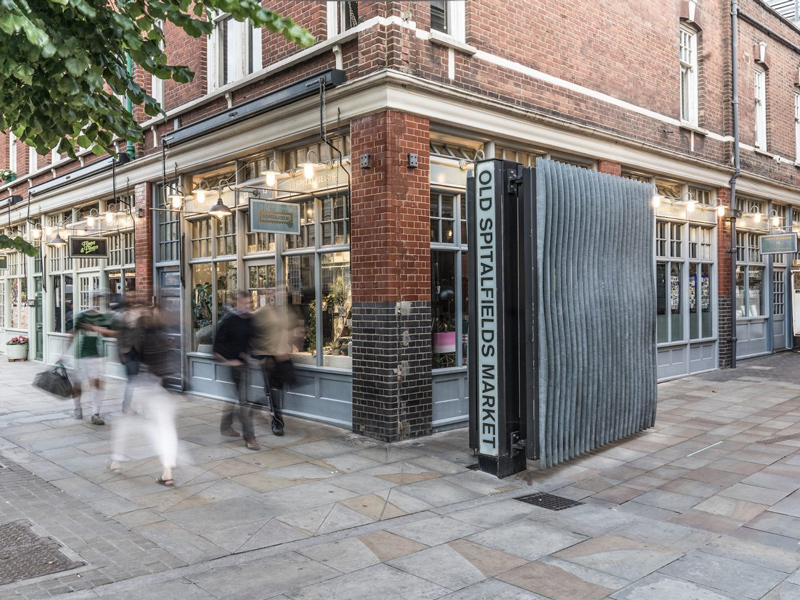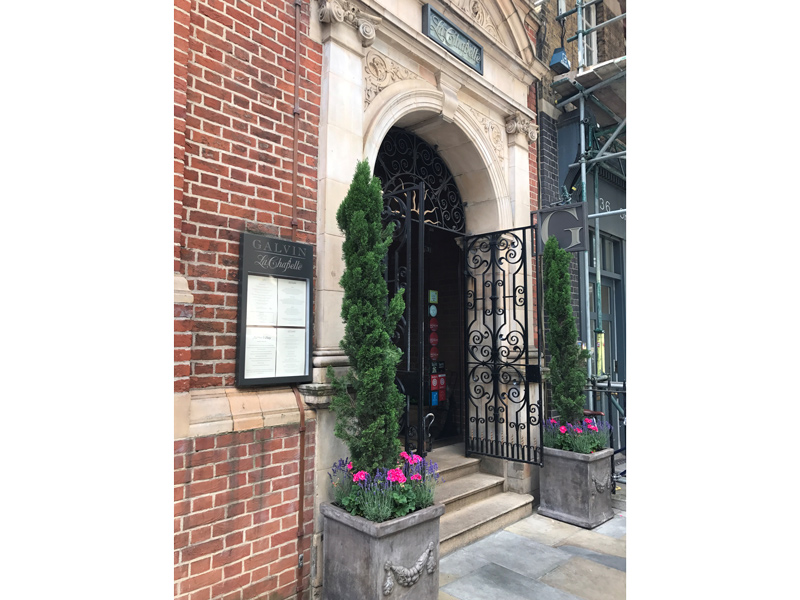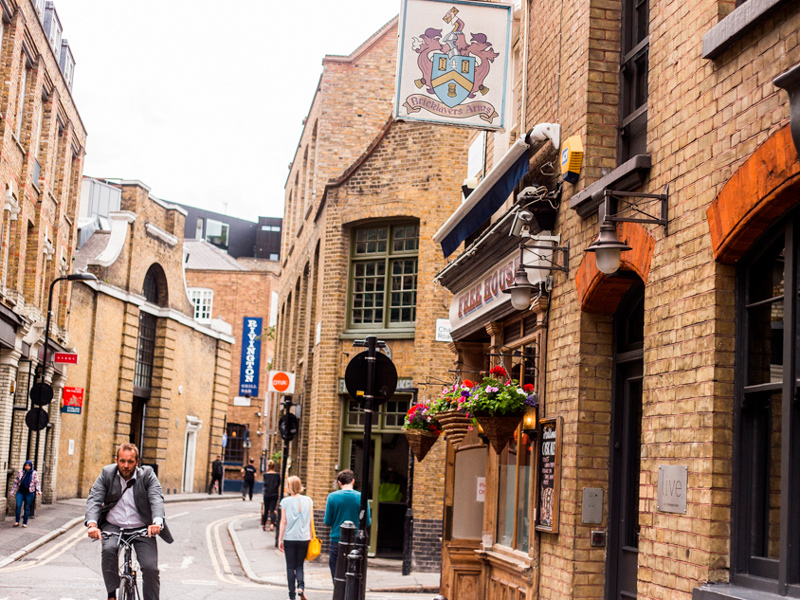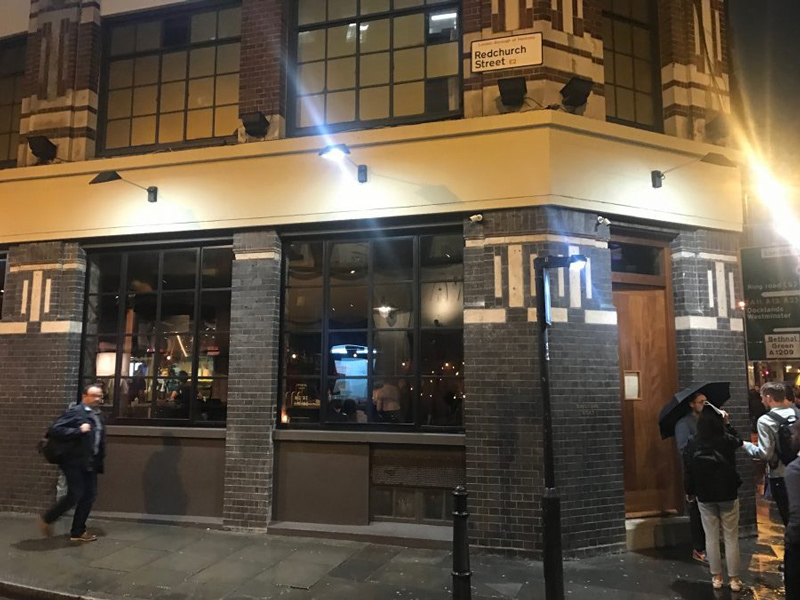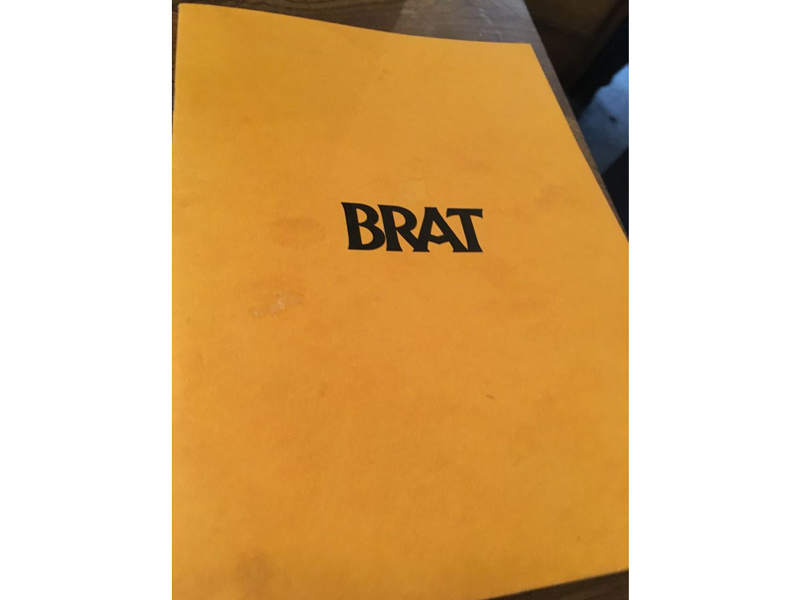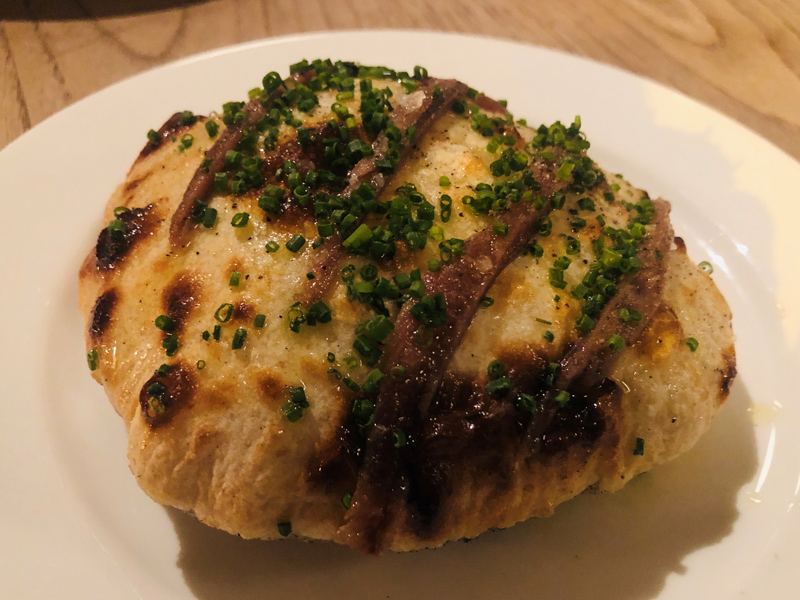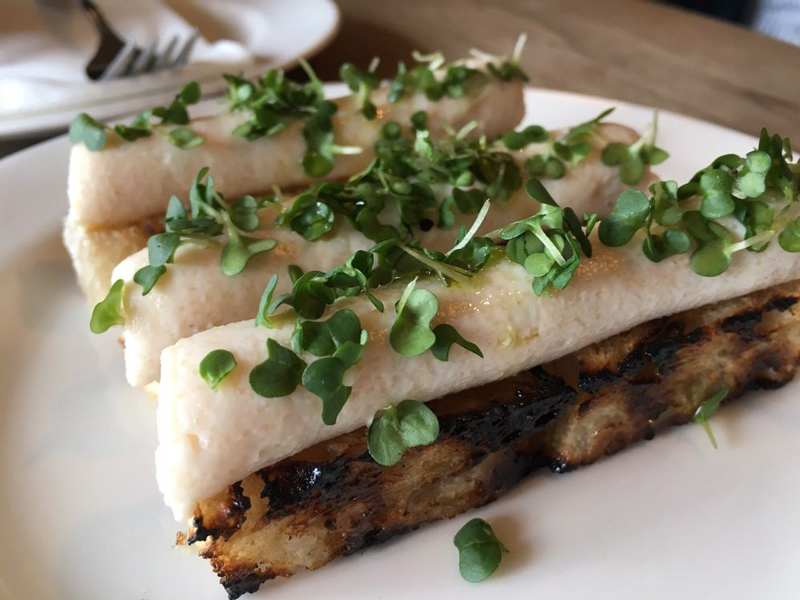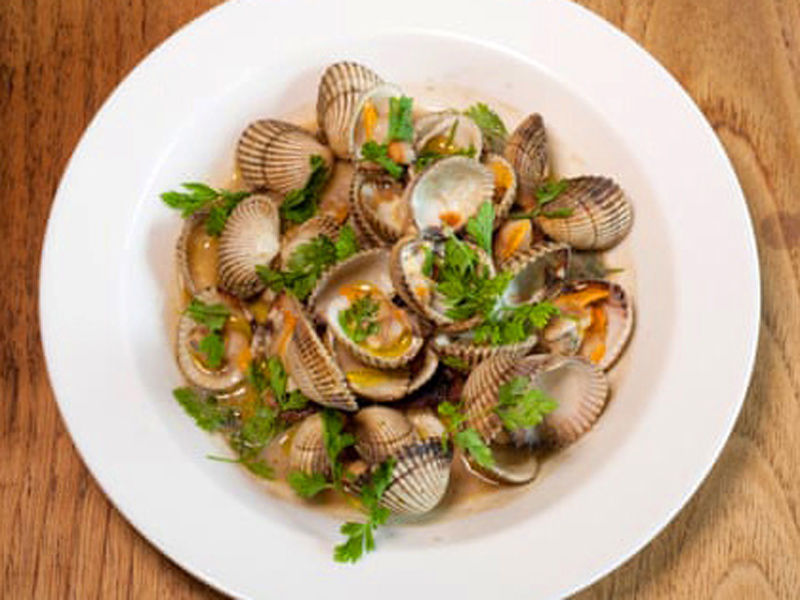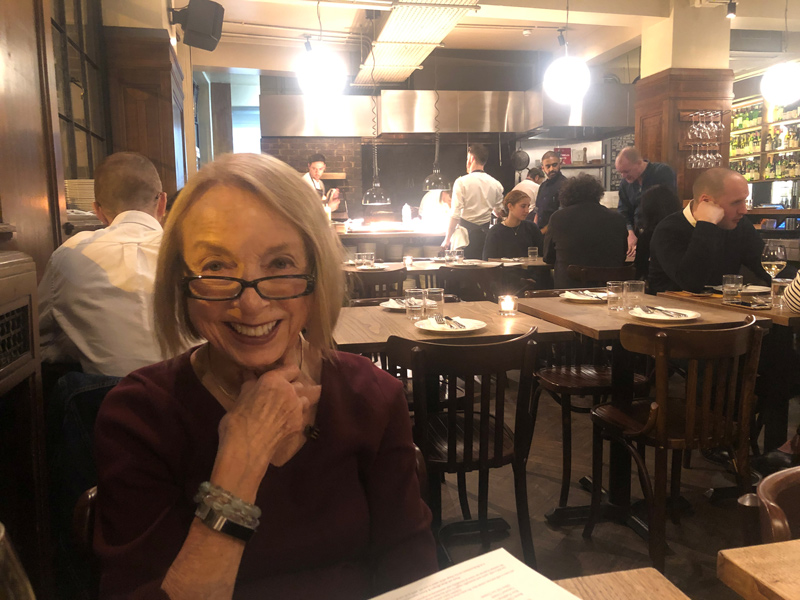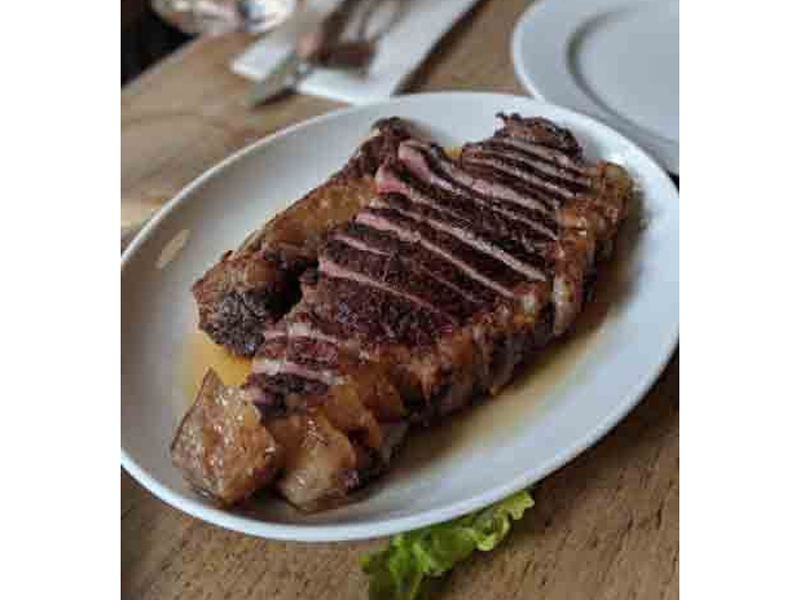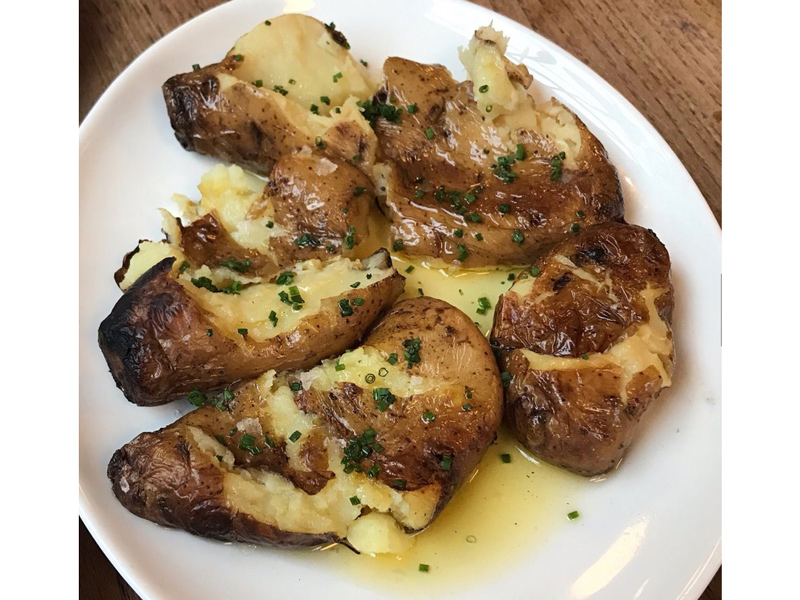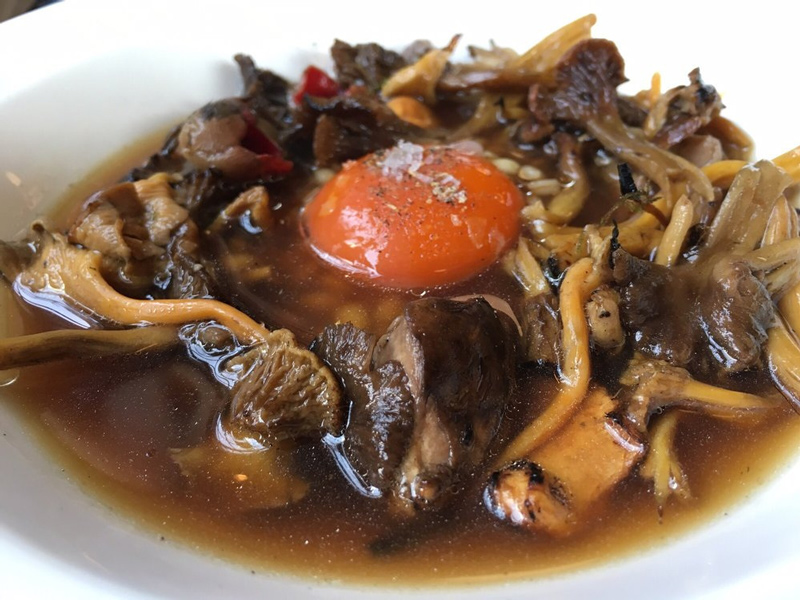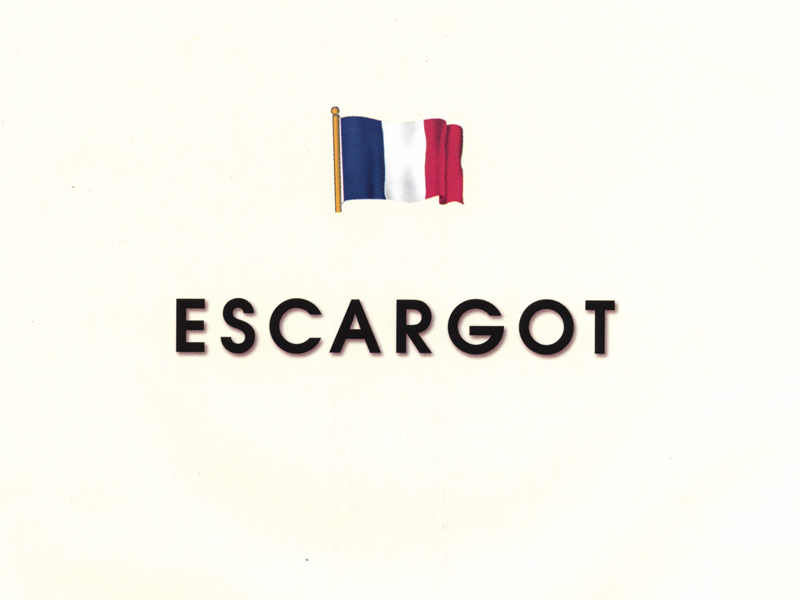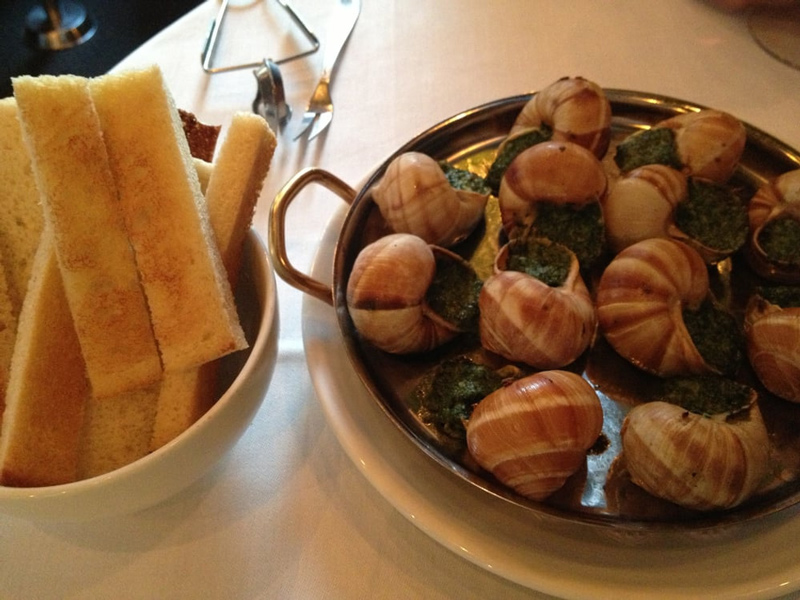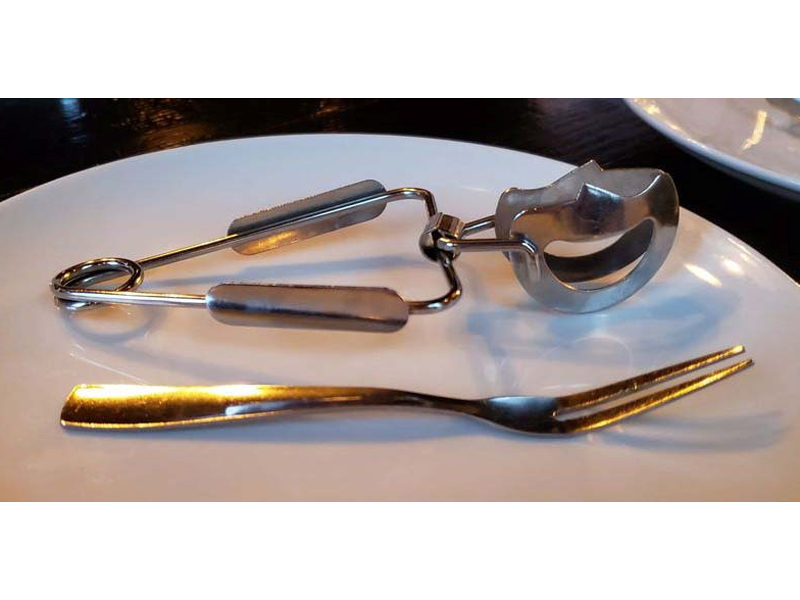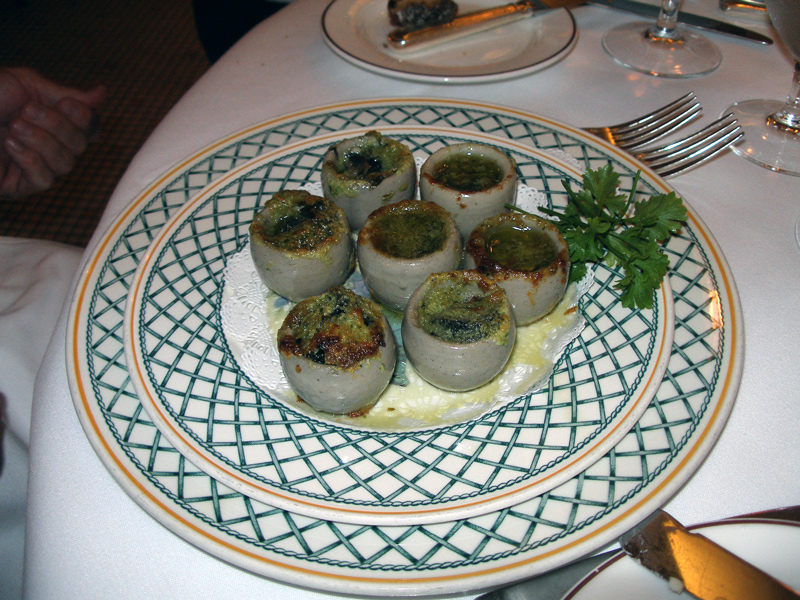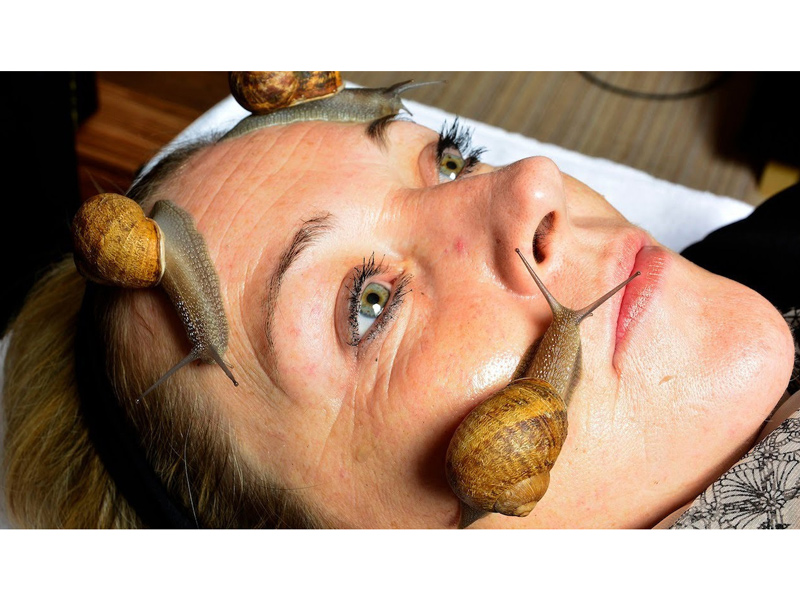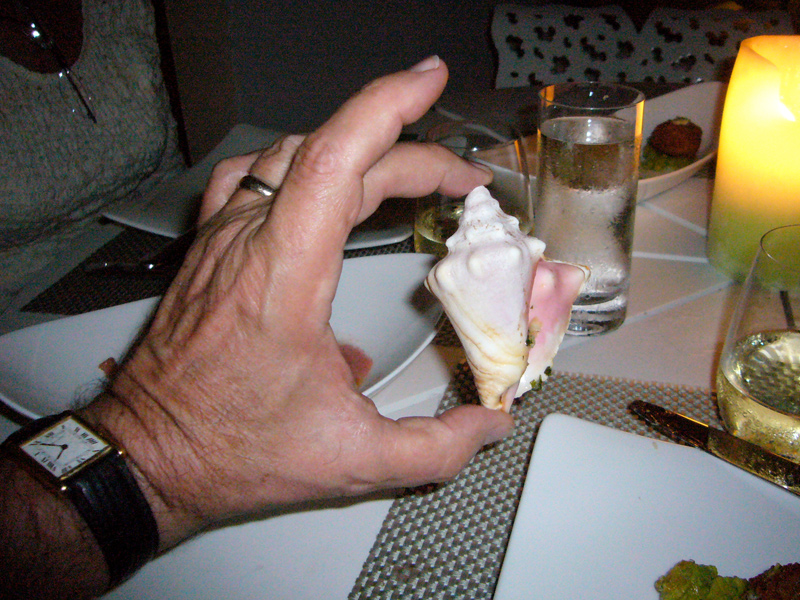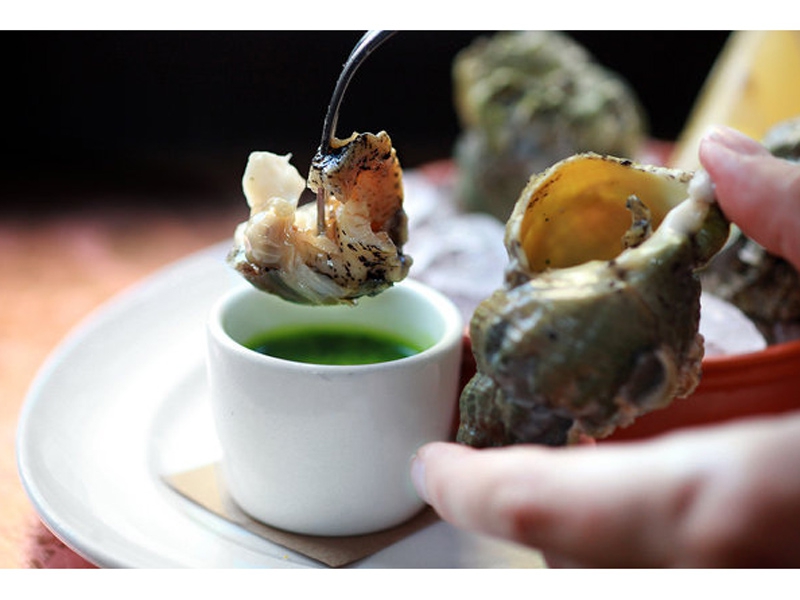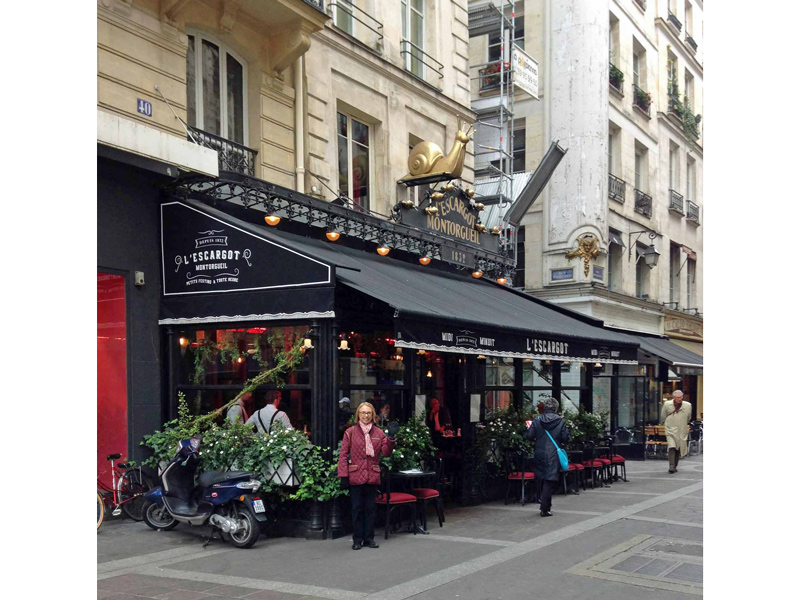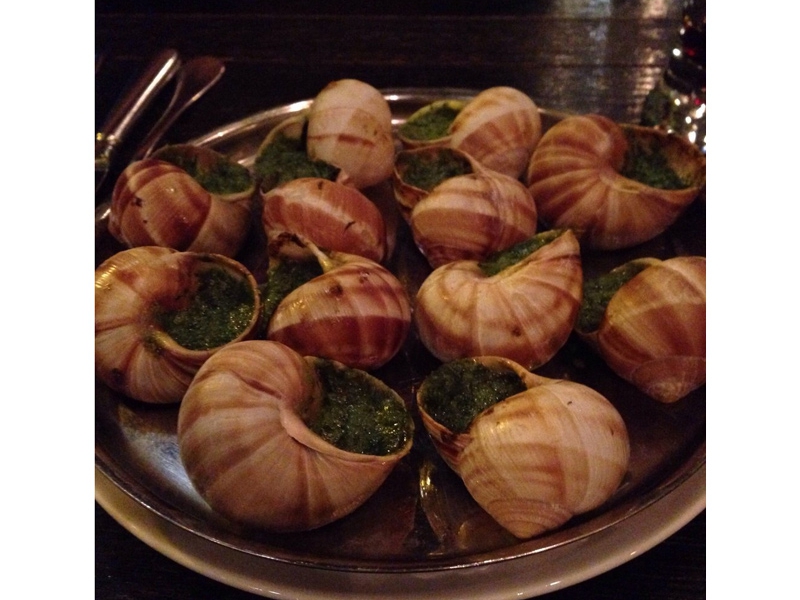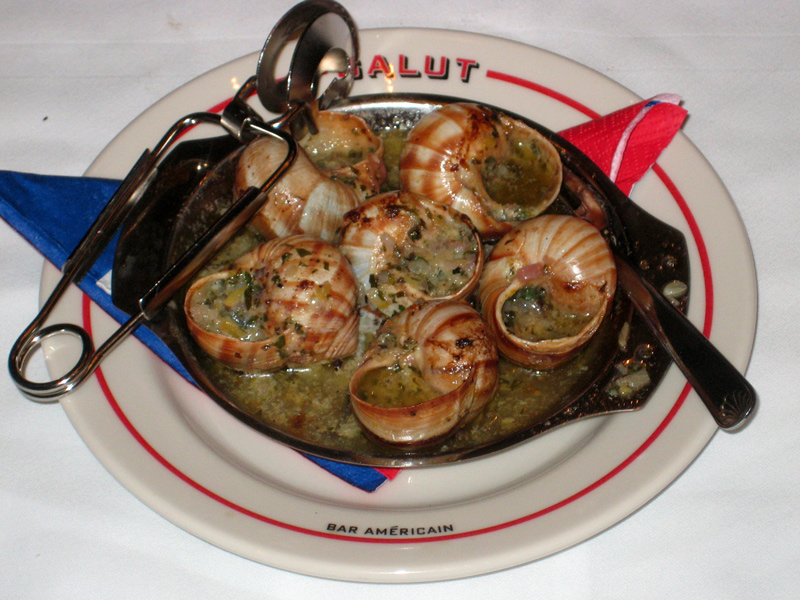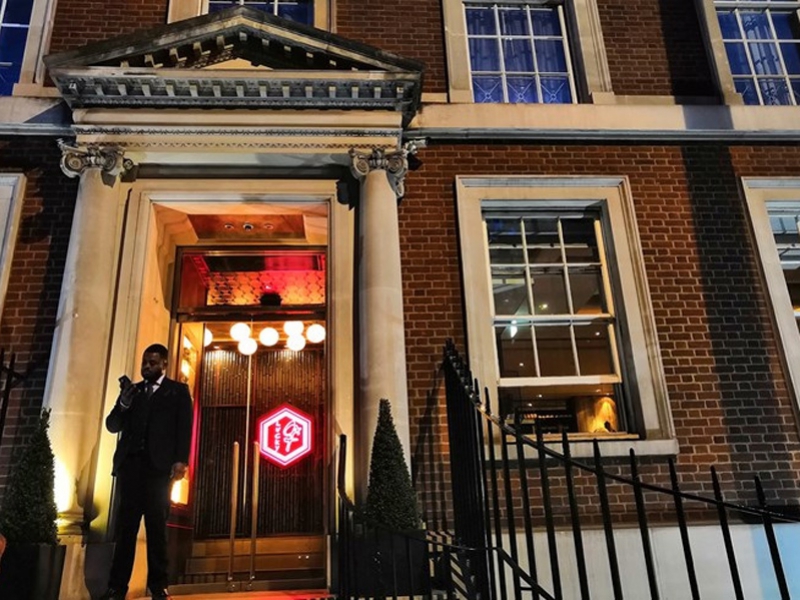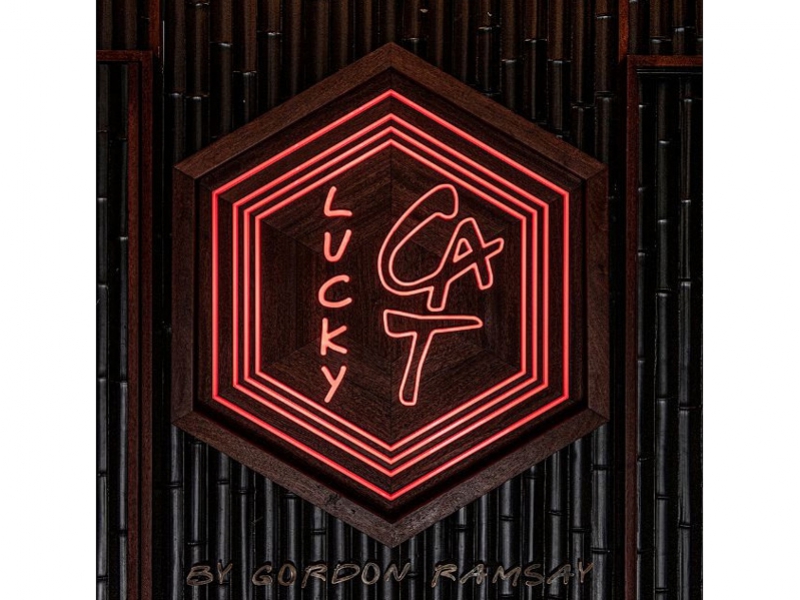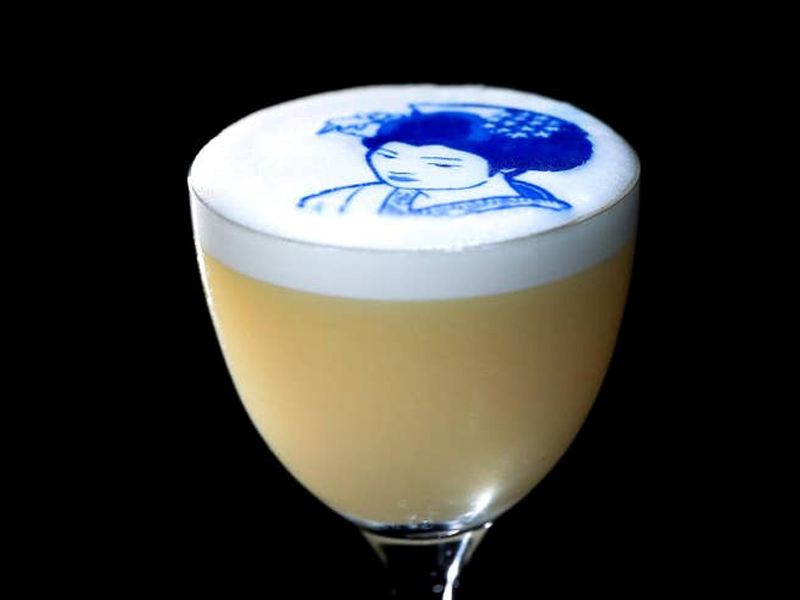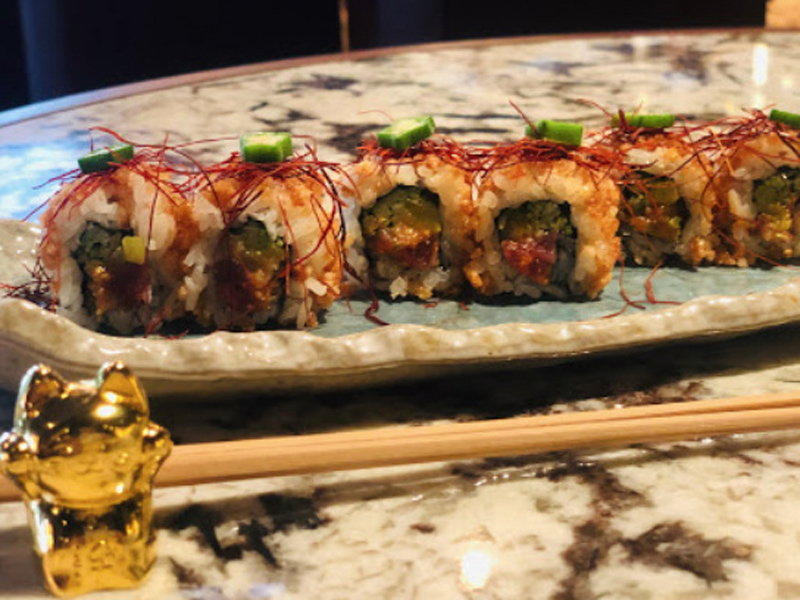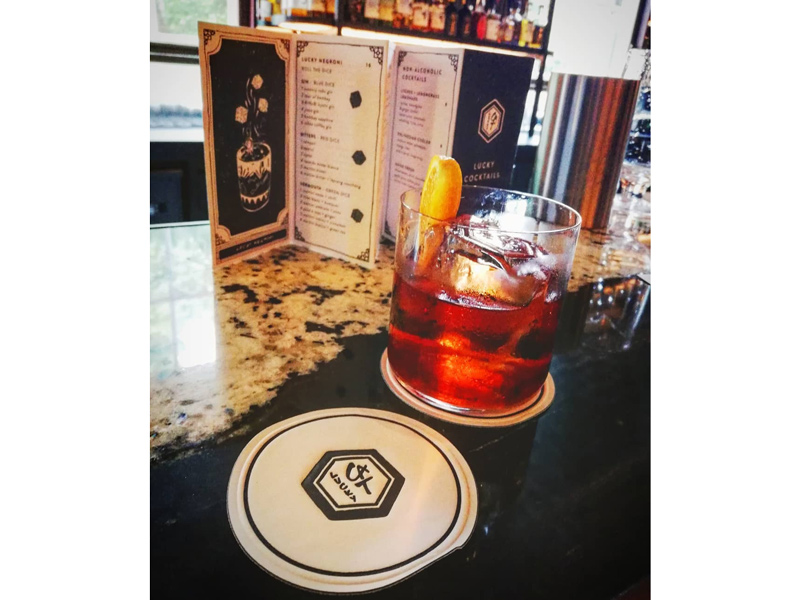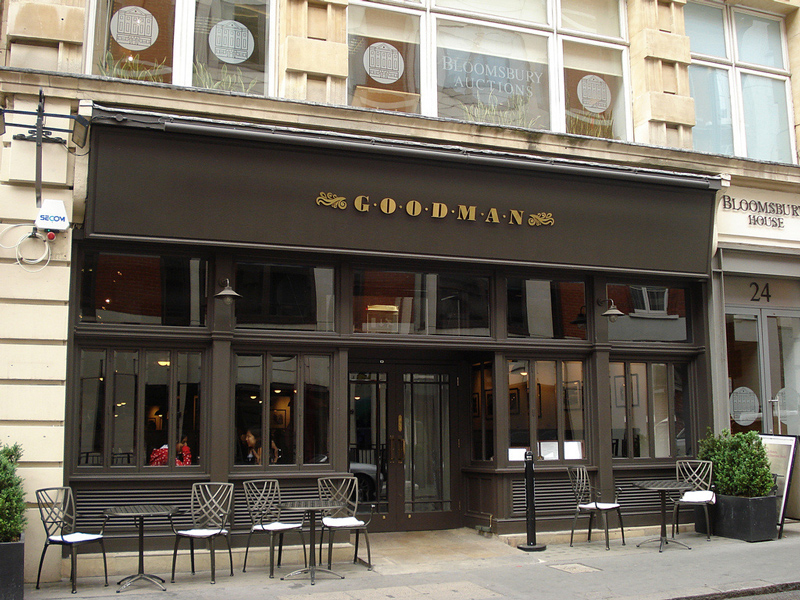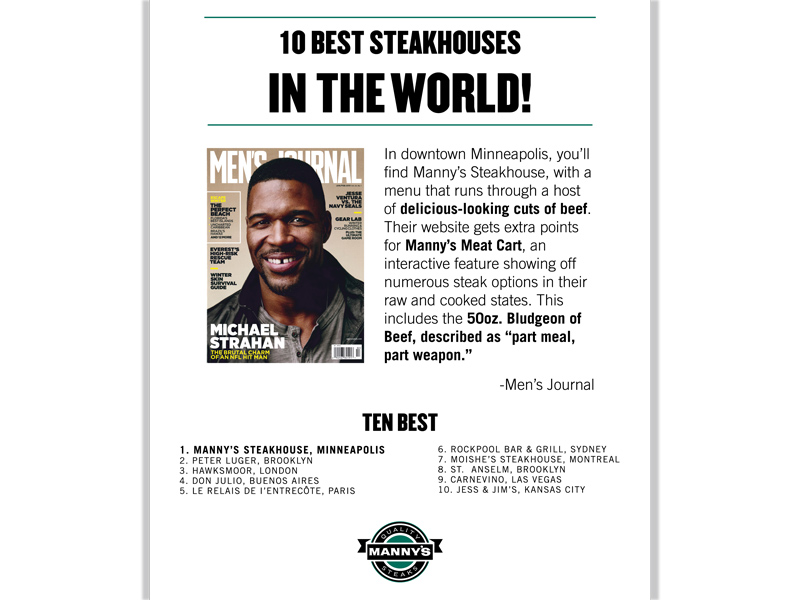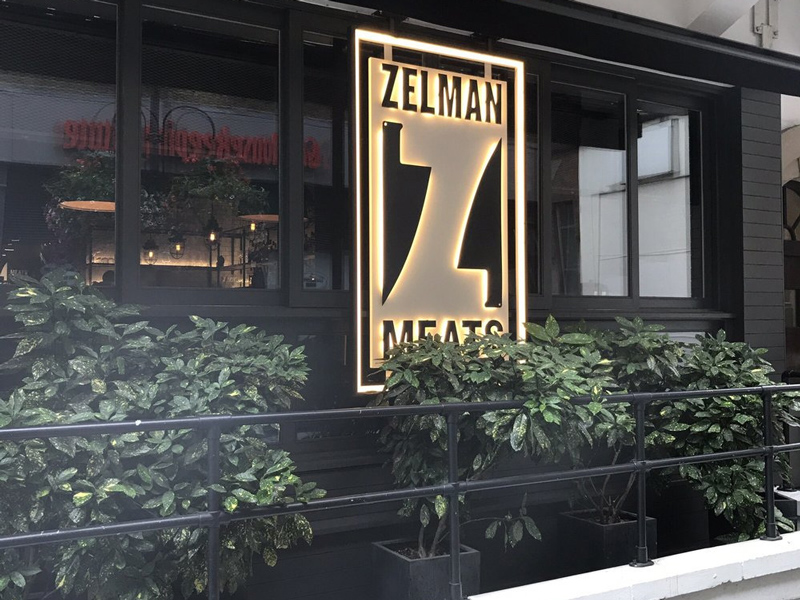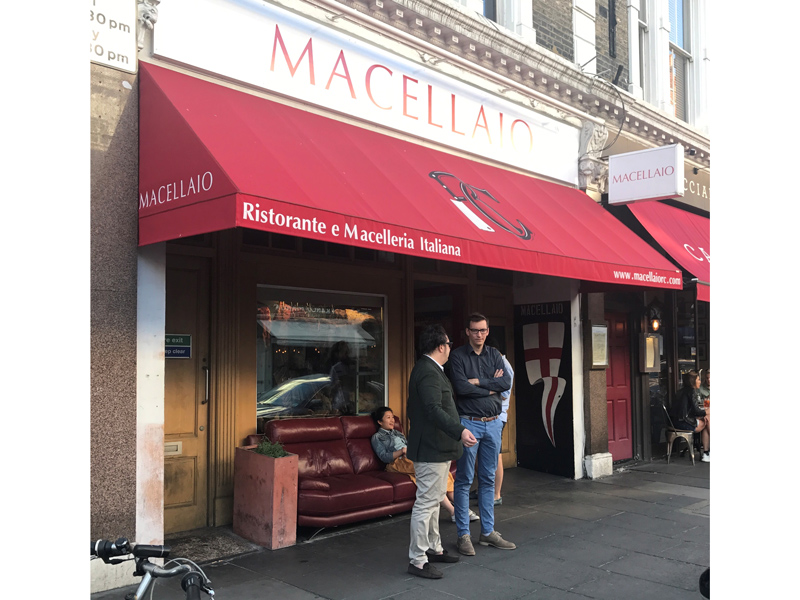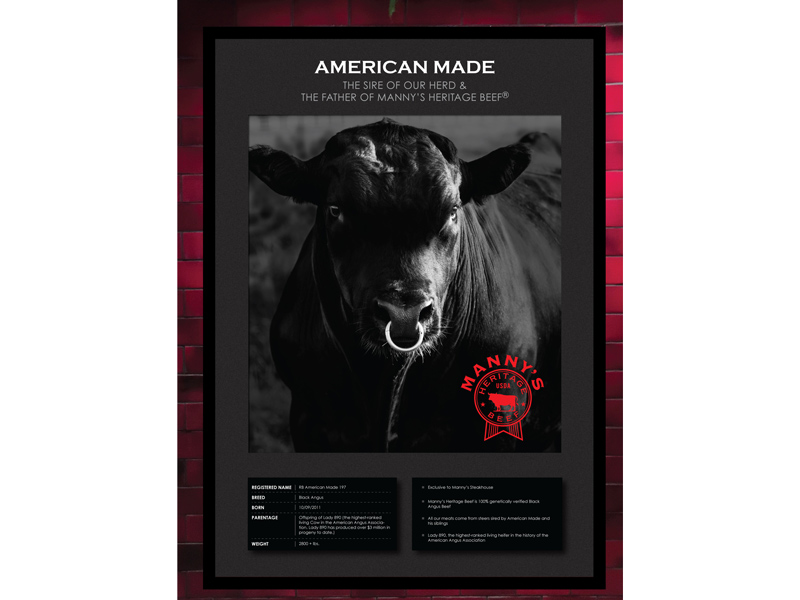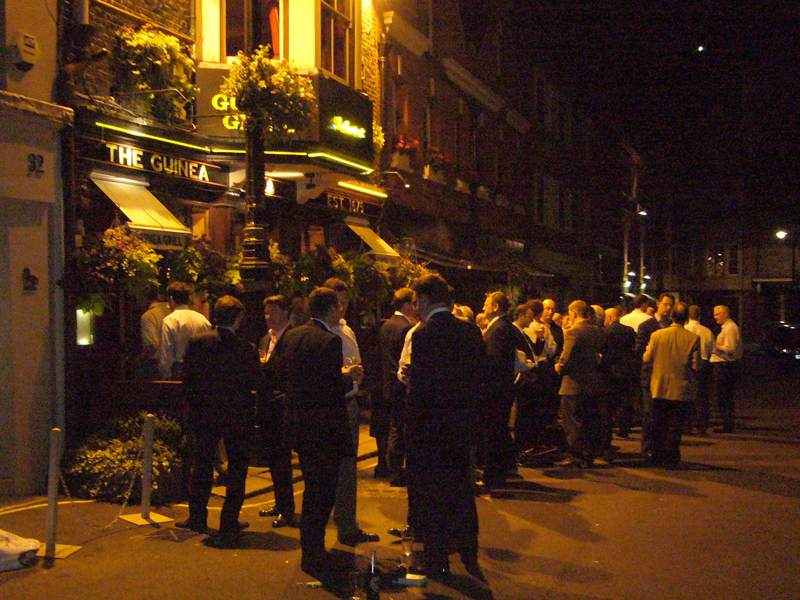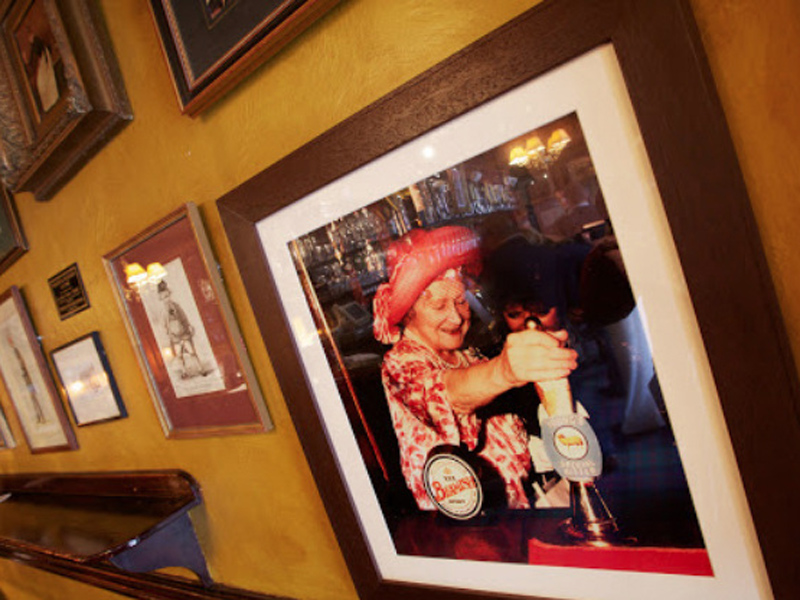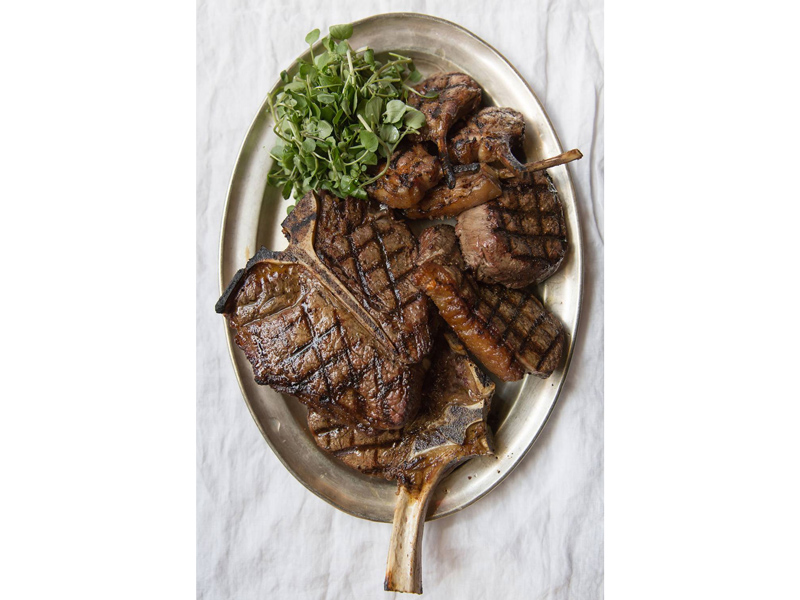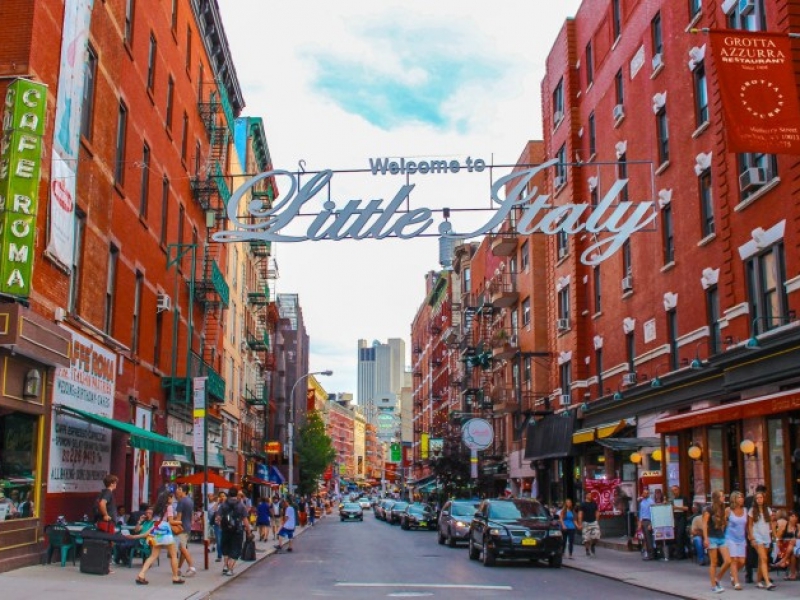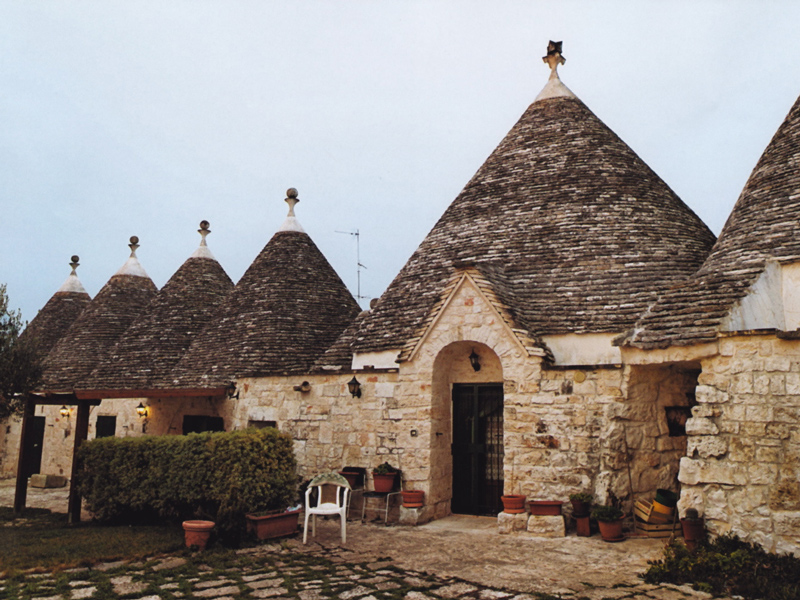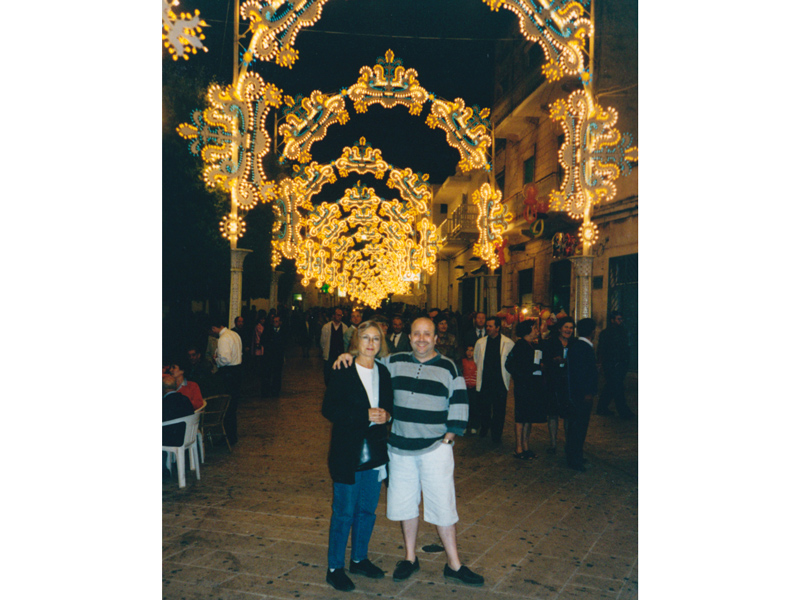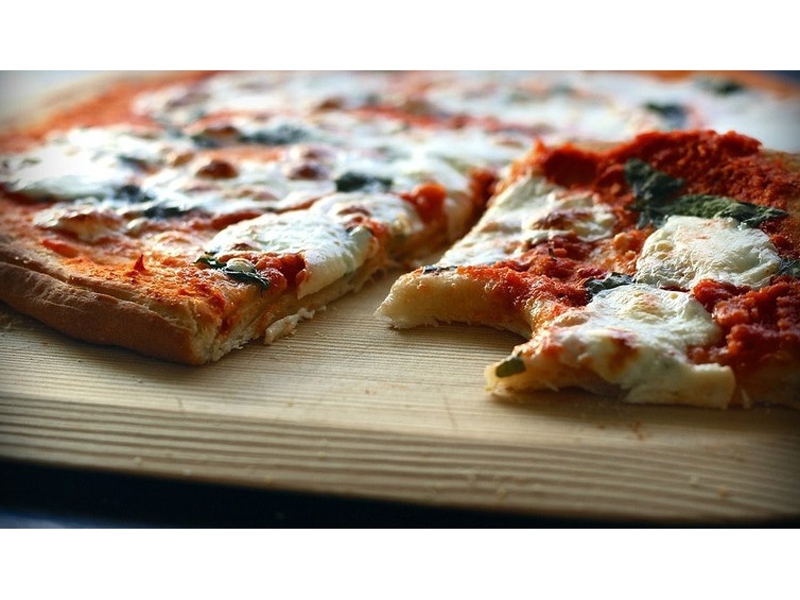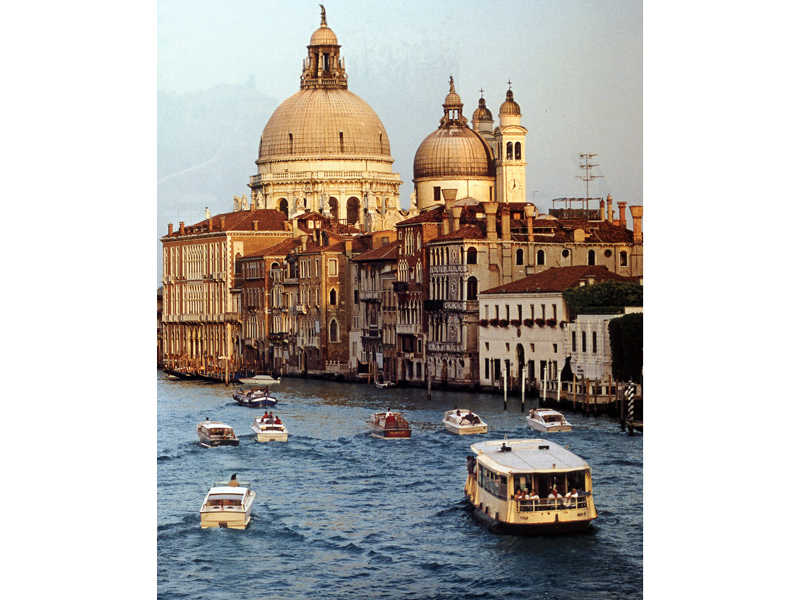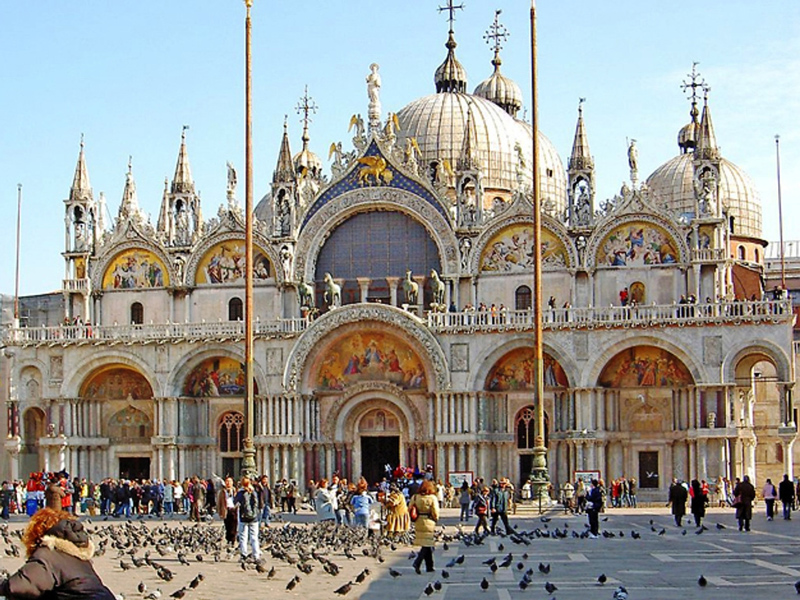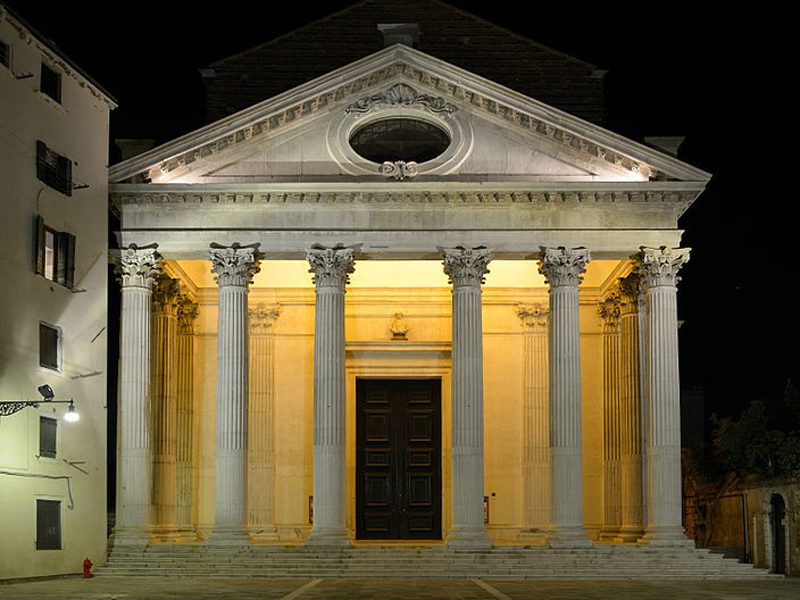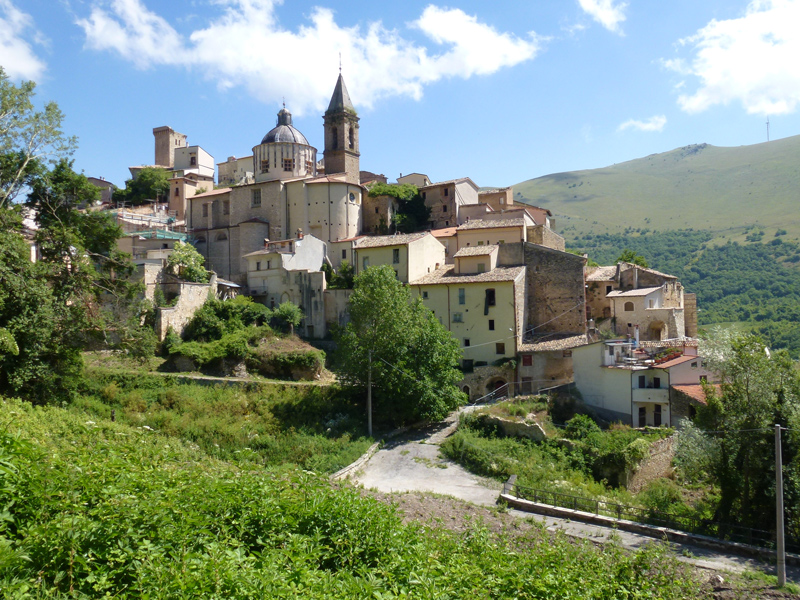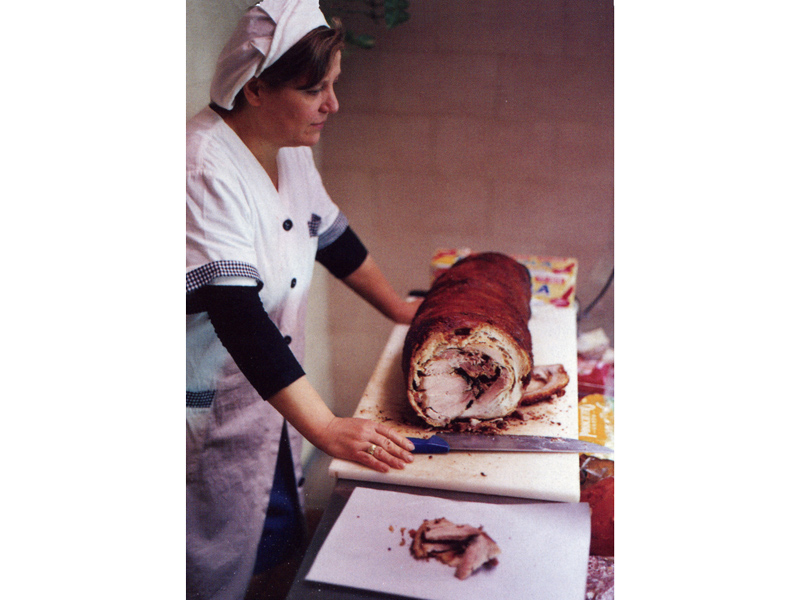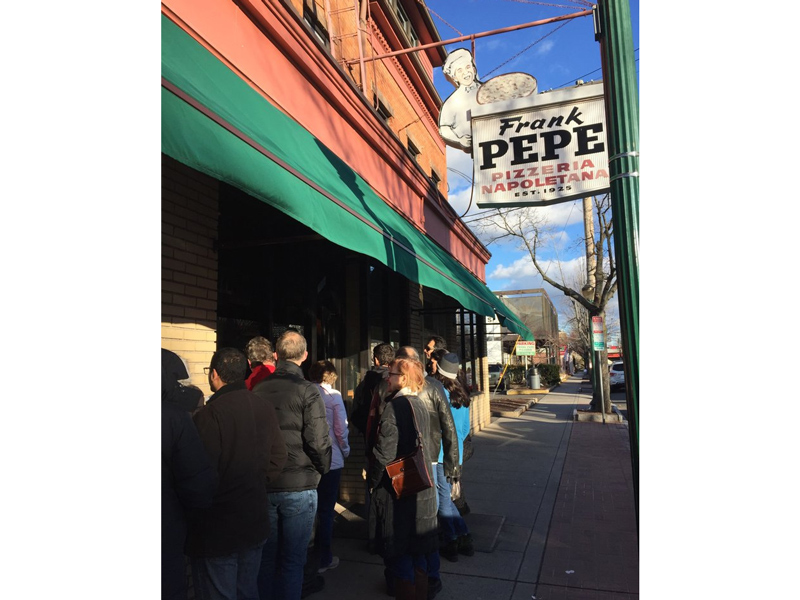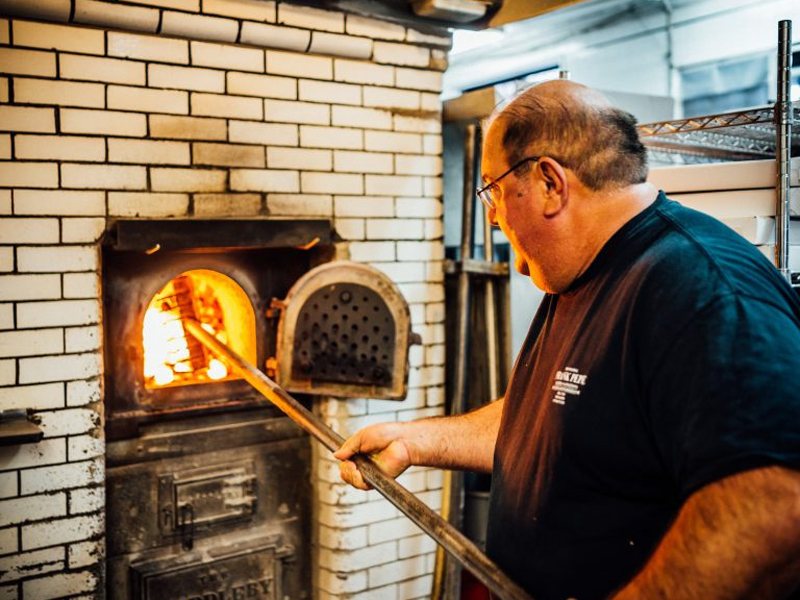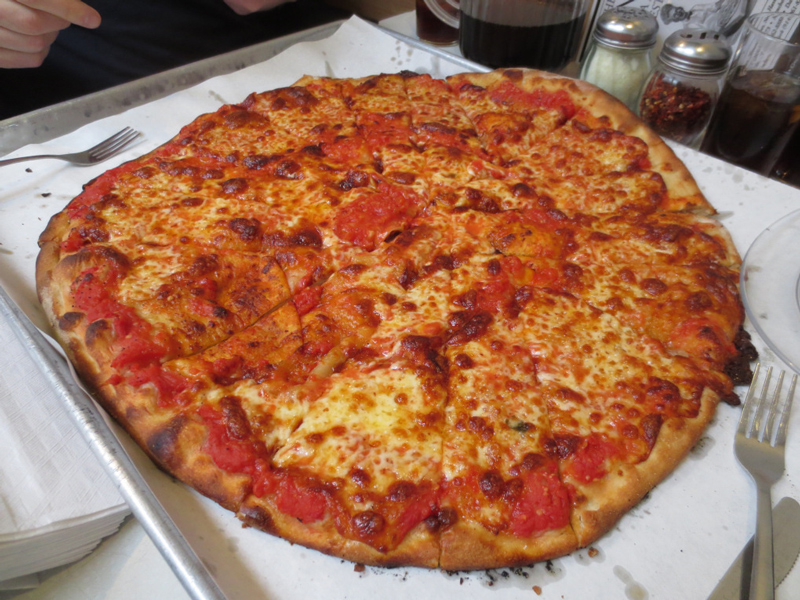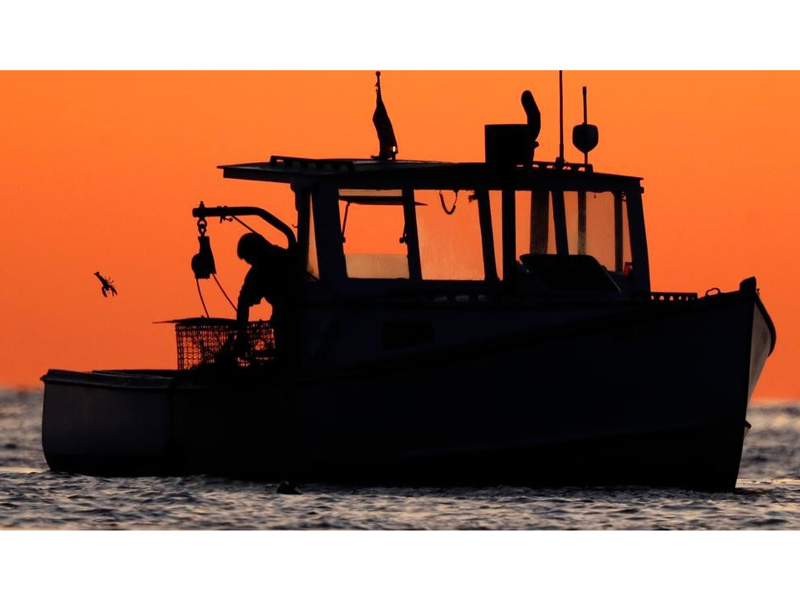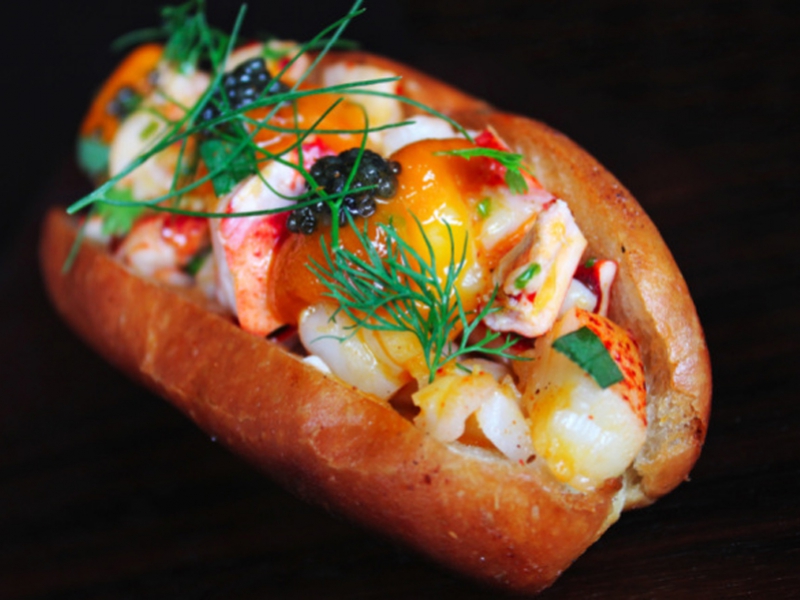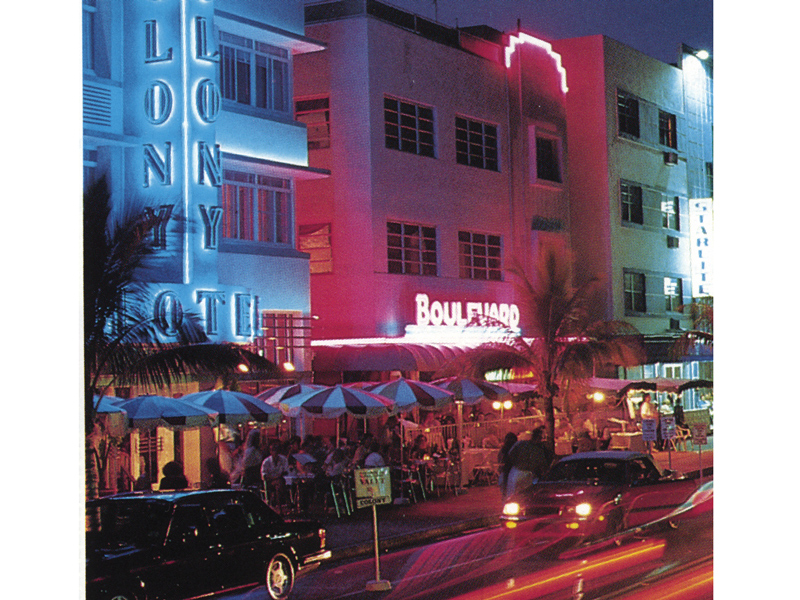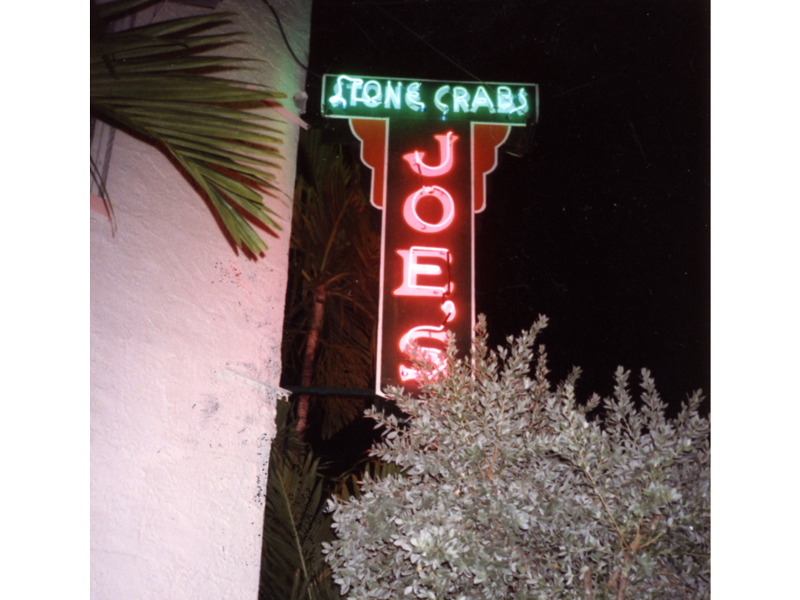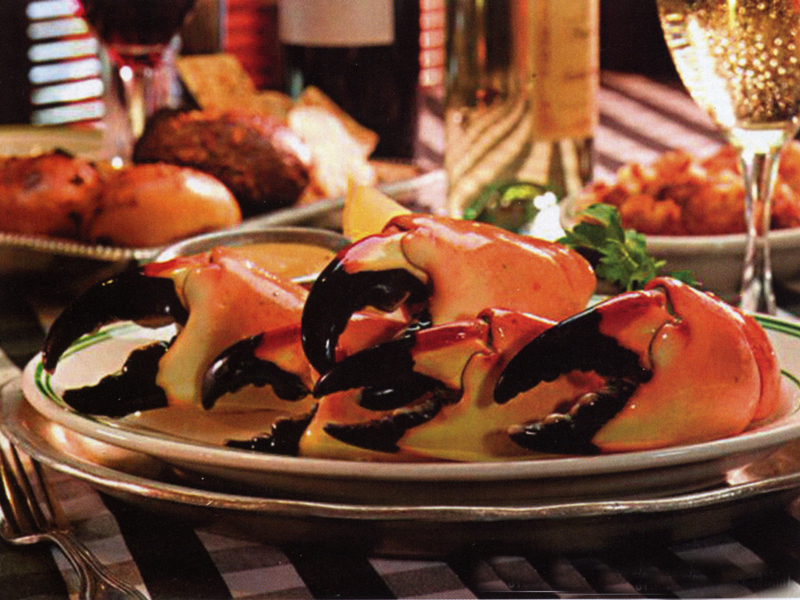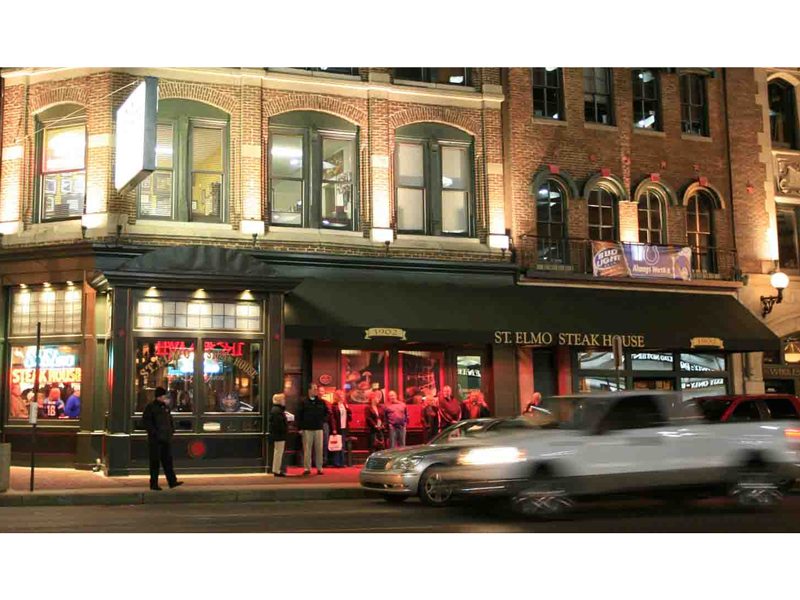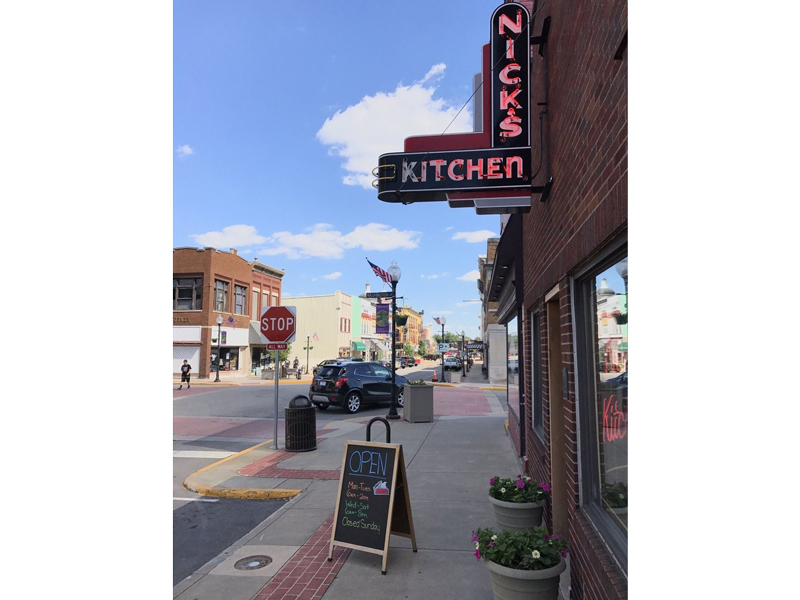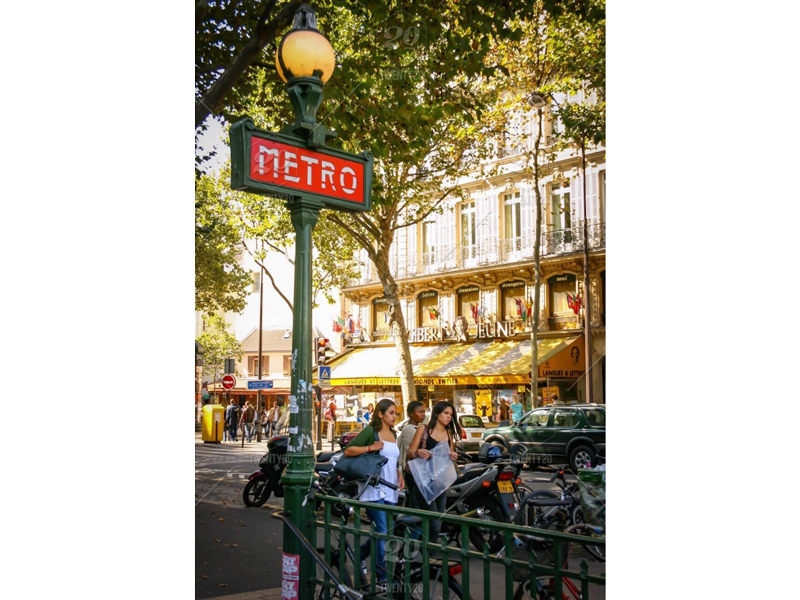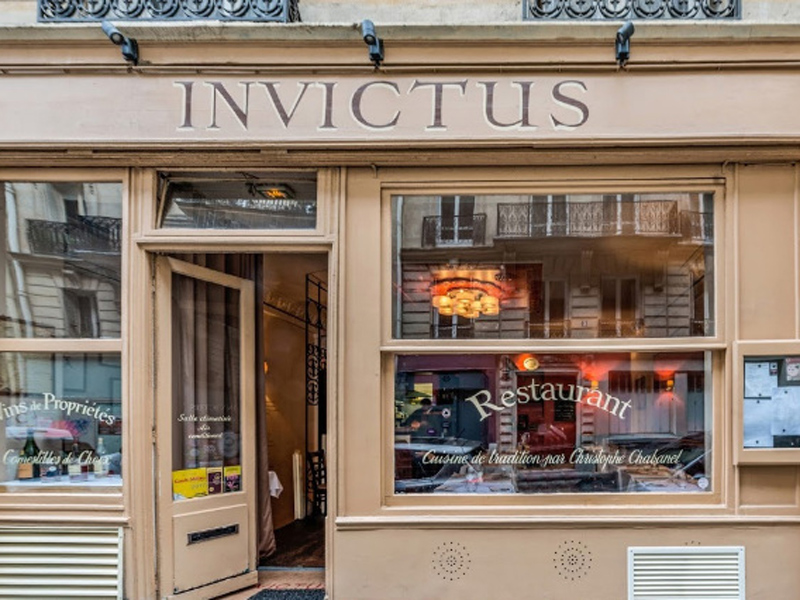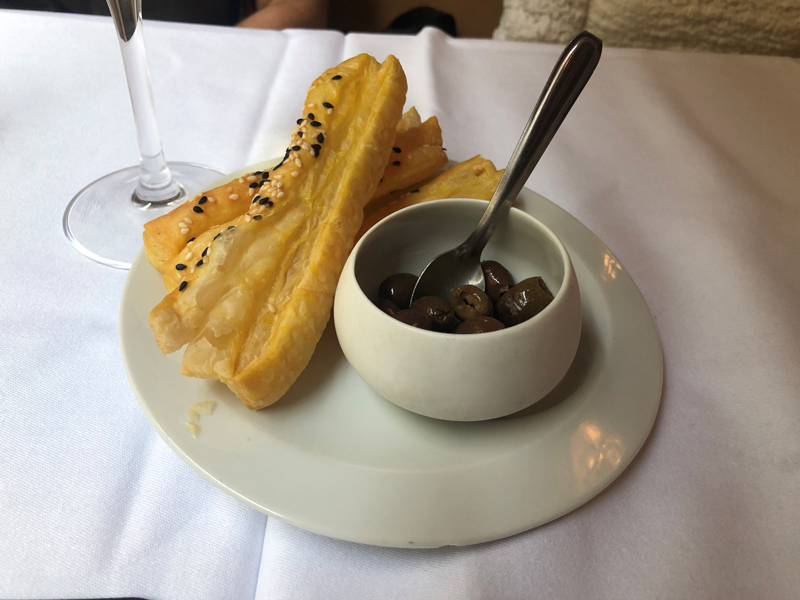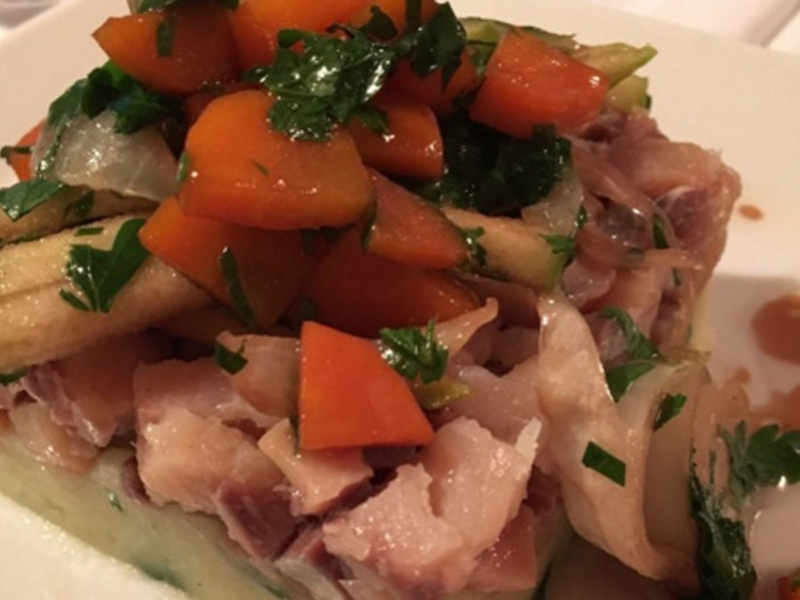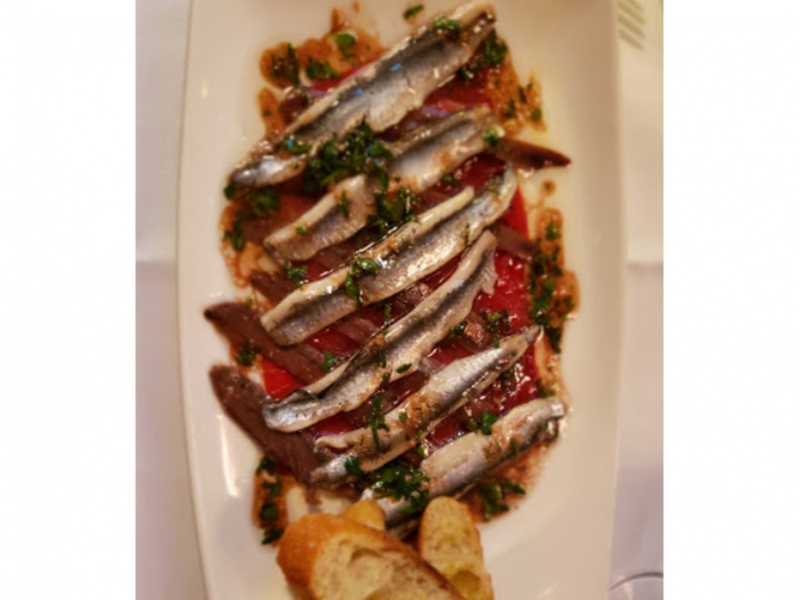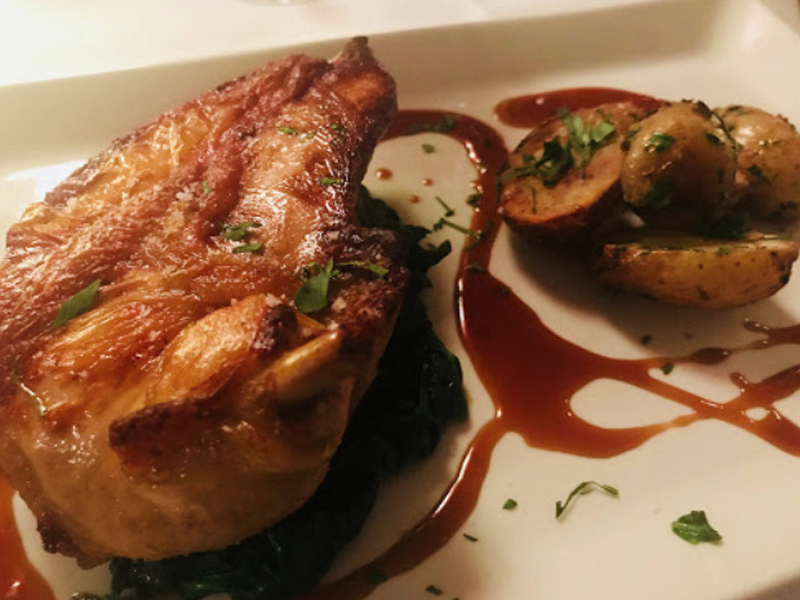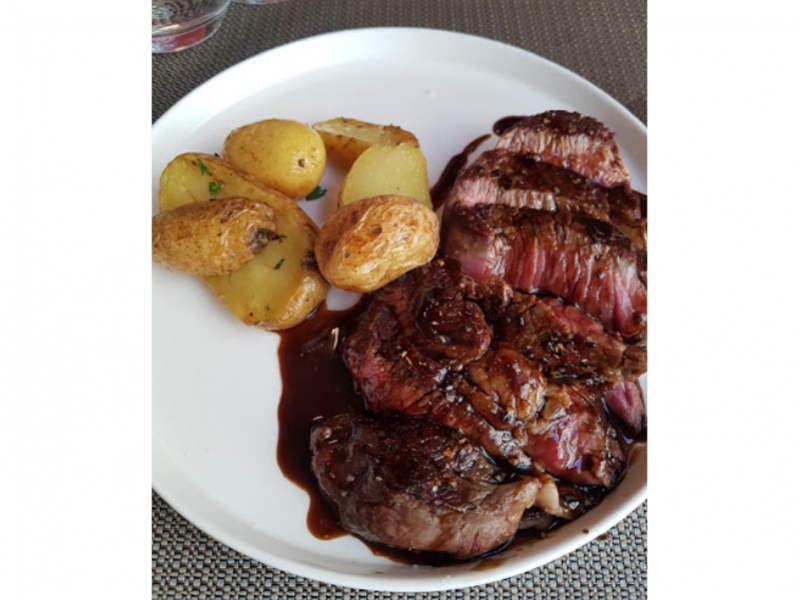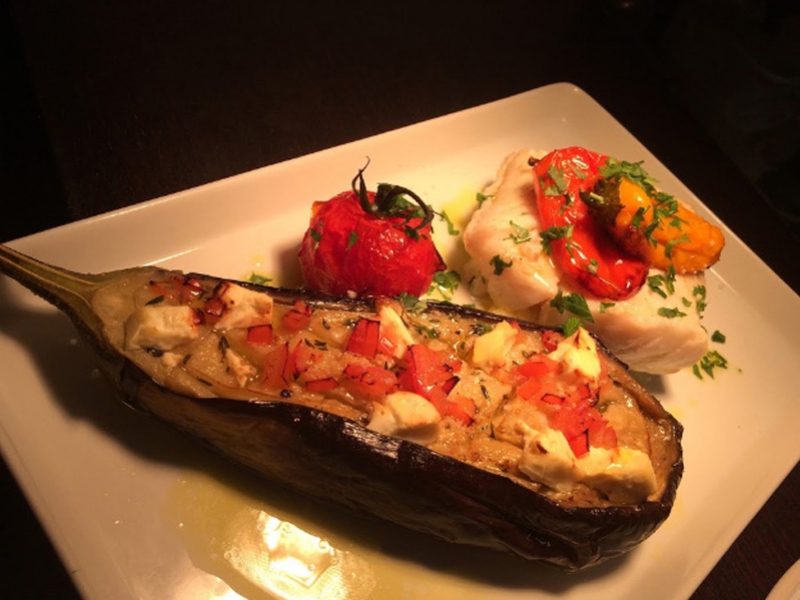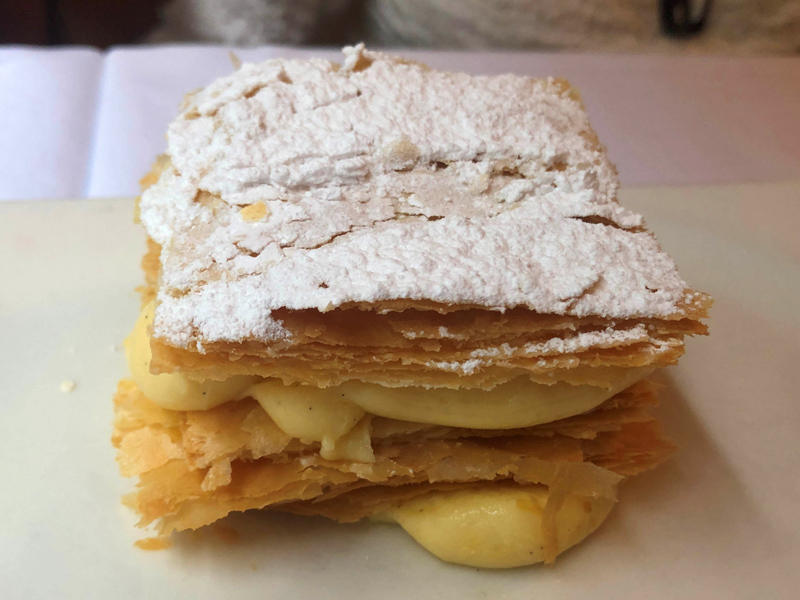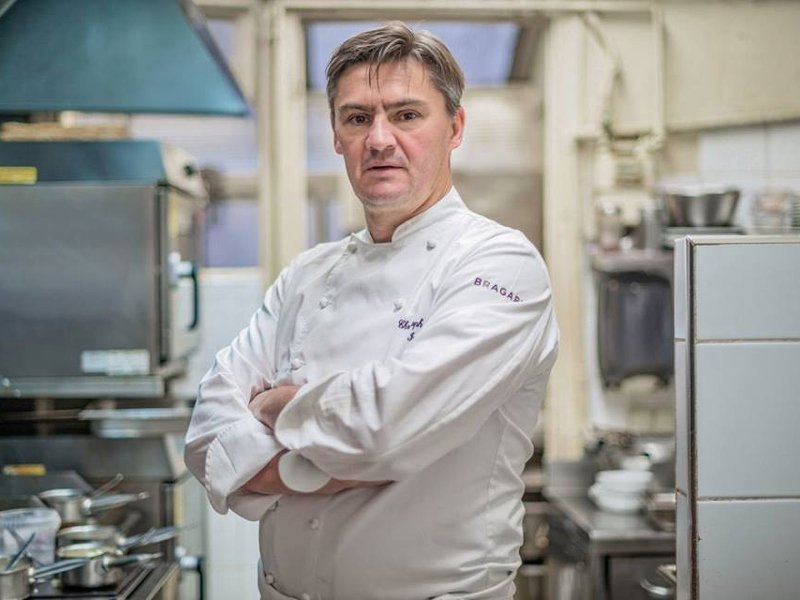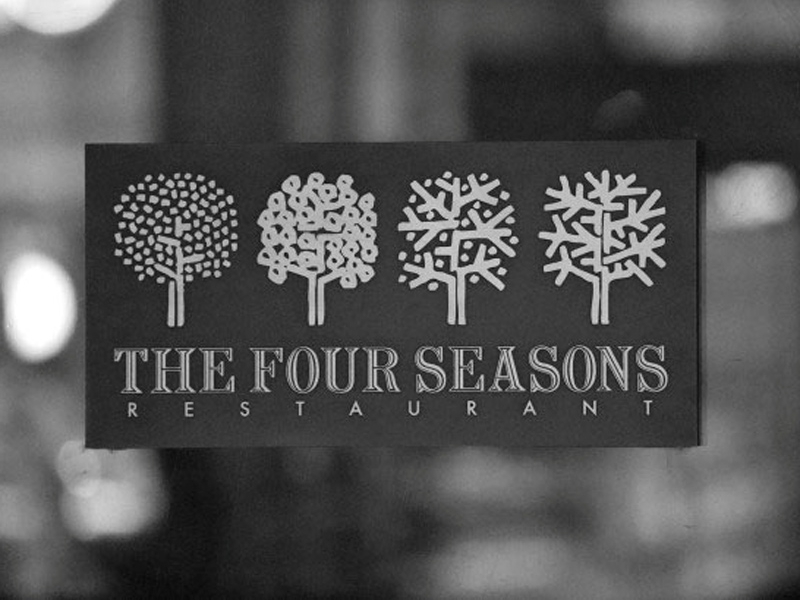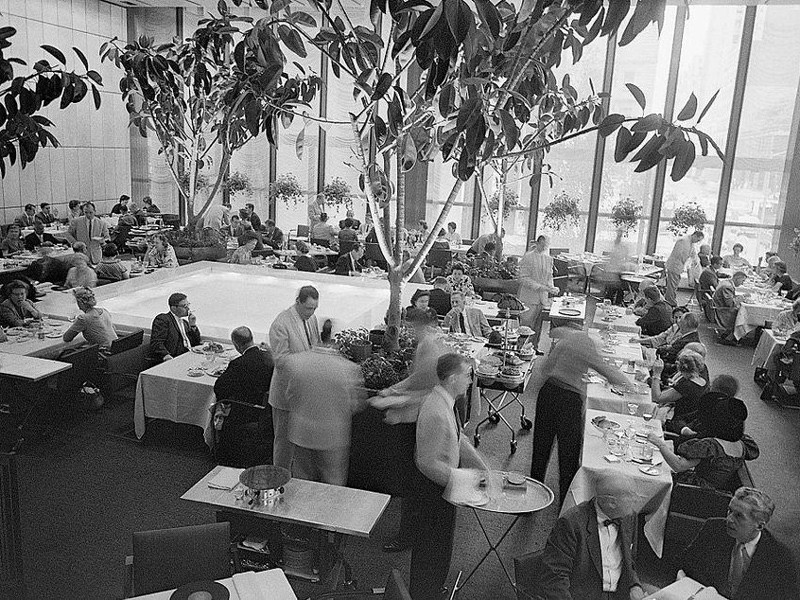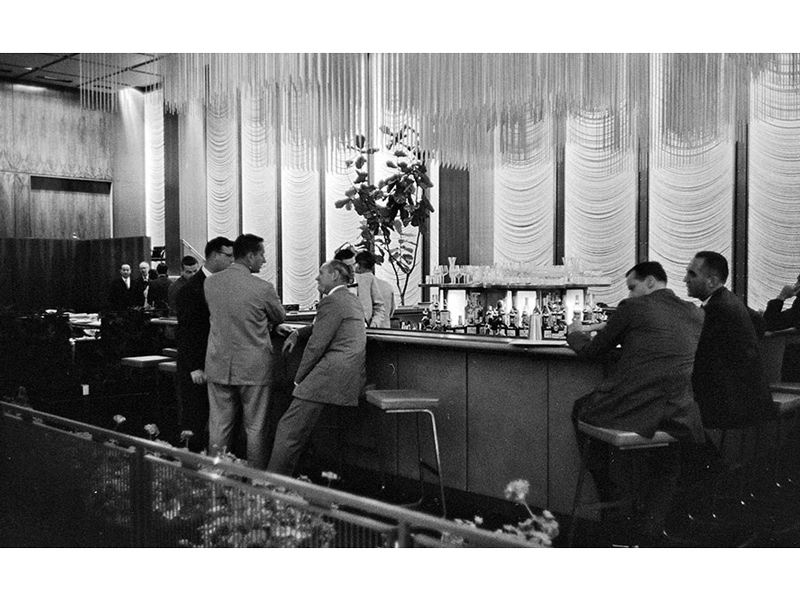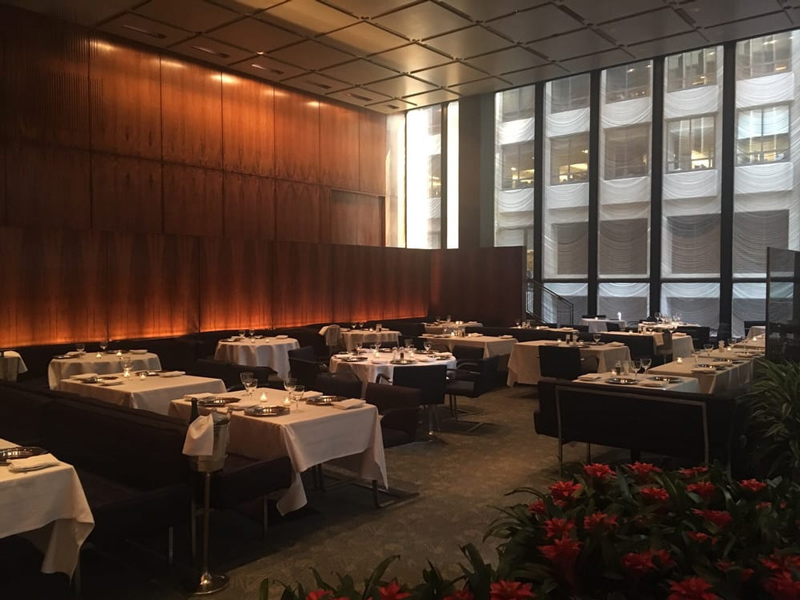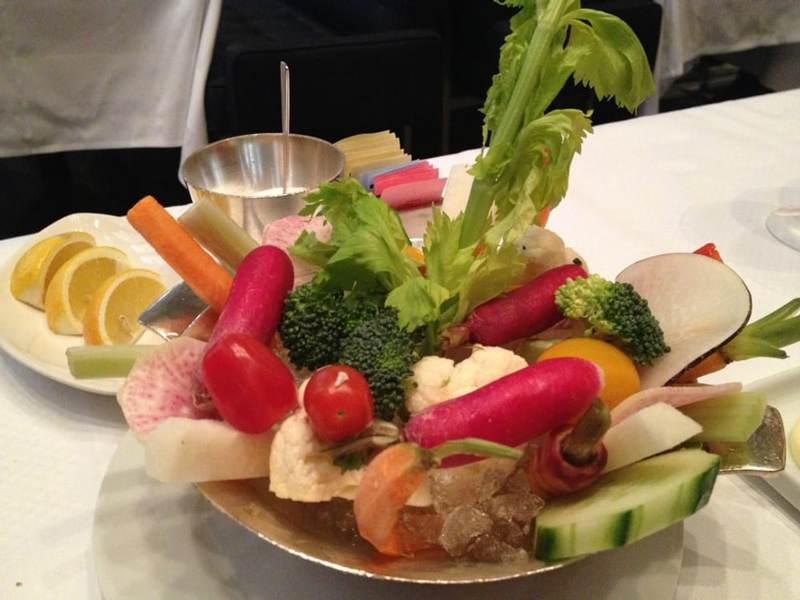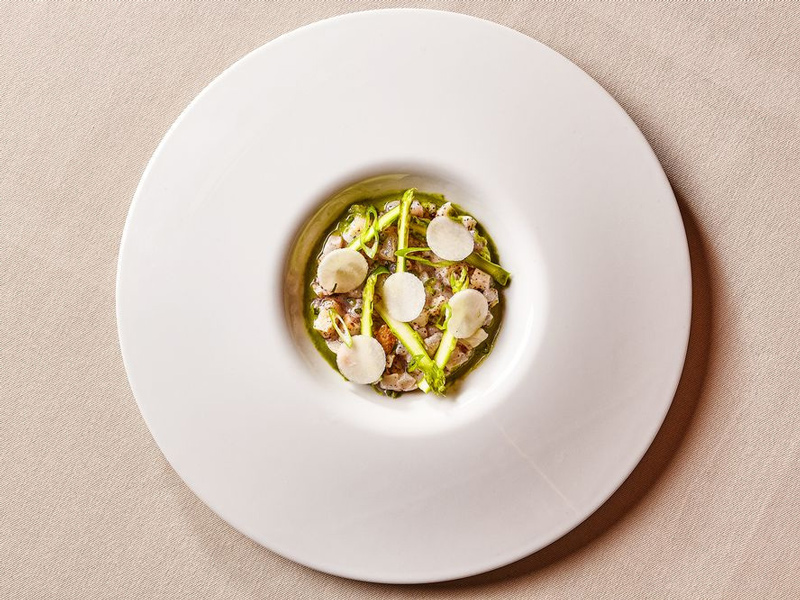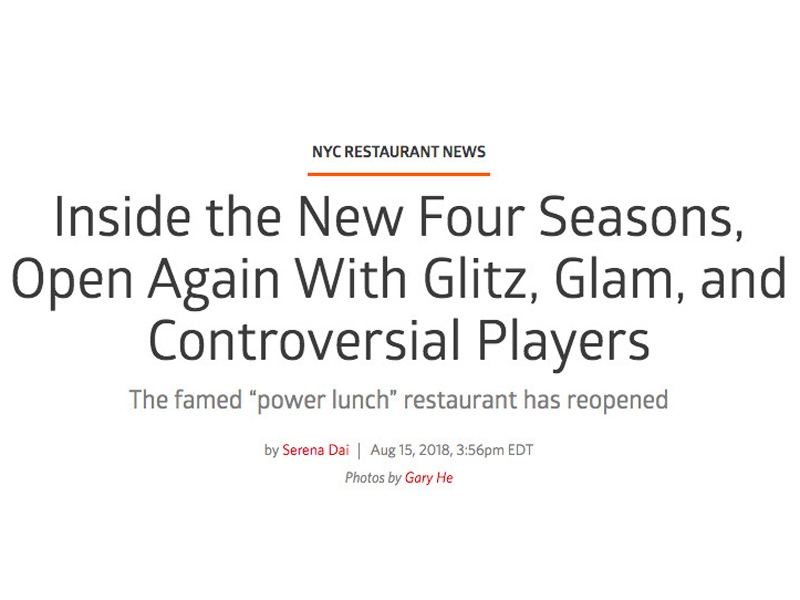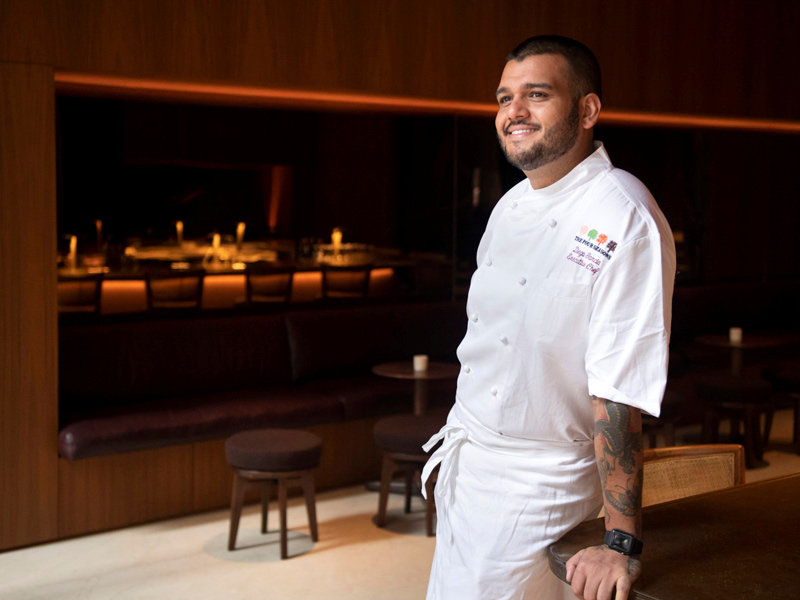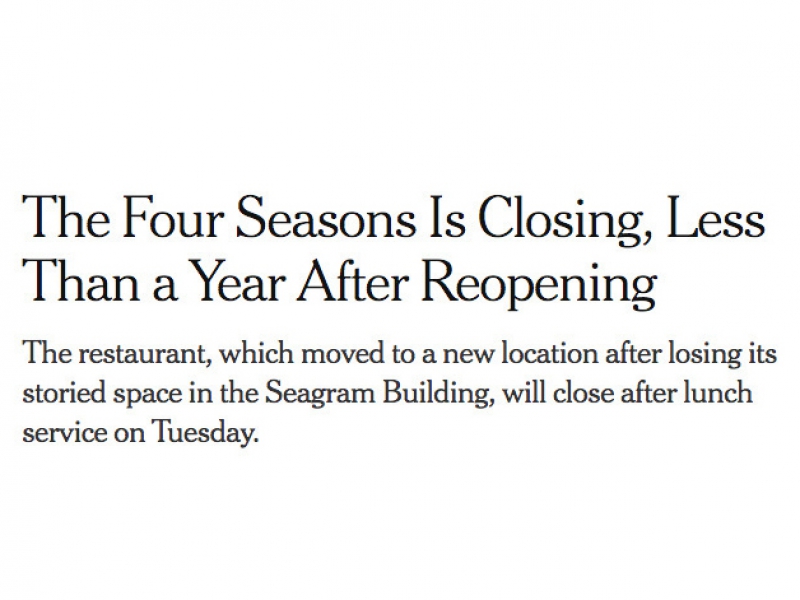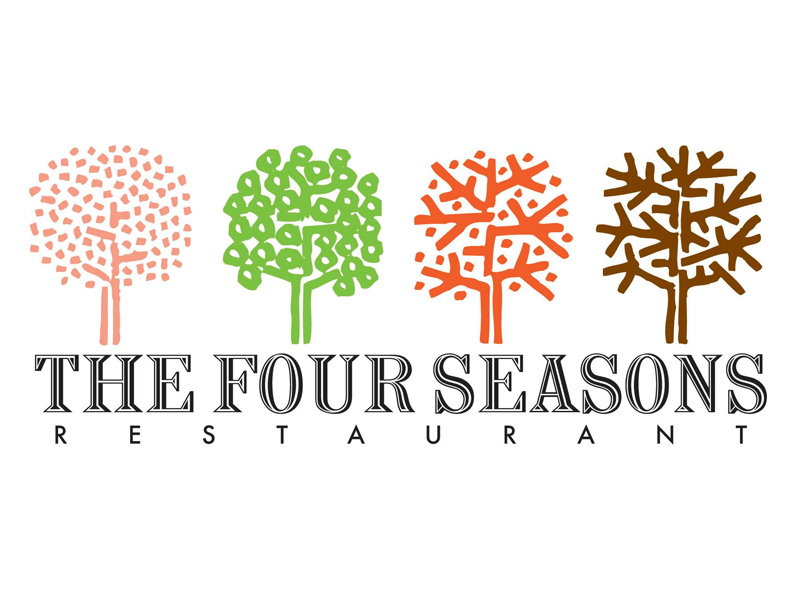Around the turn of the 19th century, a rumor spread throughout Japan that a place on the opposite side of the ocean called Peru was full of gold. Furthermore, it was a paradise with a mild climate, rich soil for farming and beautiful beaches.
Consequently, several thousand Japanese – mainly farmers from tropical Okinawa – emigrated to Peru and signed four-year employment contracts to work the farms and sugarcane plantations. After fulfilling their contracts, many migrated to the city and set up small retail shops as well as Japanese-influenced restaurants. I say “influenced” because in the early years they discovered that they could not consistently get all the Japanese ingredients that they were accustomed to using – things like matcha, ginger and miso, as well as soy and teriyaki sauces.
Typical of immigrant restaurateurs, the Japanese introduced new cooking techniques to Peruvians while incorporating native ingredients in Japanese dishes. Over time, they were able to secure the ingredients they’d left behind, but not before they became well-versed in cooking with local staples such as Aji Amarillo peppers, purple potatoes, and different breeds of colorful corn.
The marriage of Peruvian and Japanese cuisine had been consummated, and the new blended cuisine was called “Nikkei” – Peruvian food through a Japanese lens.
For example, the most popular national dish of Peru is called ANTICUCHO. It’s skewered beef heart marinated in red wine and cumin, then grilled. The Peruvian/Japanese version will more likely resemble YAKATORI, but the beef heart skewers will have been marinated in sake, ginger and teriyaki sauce before grilling.
Nikkei cuisine was validated by none other than Nobu Matsuhisa, who in 1977 opened his first NOBU RESTAURANT in Lima, Peru, and went on to become a global icon of high-class sushi fare. More recently, the Nikkei restaurant MAIDO in Lima was ranked #8 in the listing of the “World’s 50 Best Restaurants.”
If you can make it to Peru, by all means sample Nikkei cuisine. There’s quite a bit of it. Japanese-Peruvian residents number over 100,000, representing the largest minority in the country (In fact, Peru even elected a president of Japanese descent, Alberto Fujimori, in 1990).
Fortunately, you don’t have to go that far to find a spectacularly good exemplar of the cuisine, because CHOTTO-MATTE is crushing it in Miami Beach. Located in an alley just behind Lincoln Road, this gorgeous restaurant boasts beautiful wall murals, a bar whose ceiling opens to the sky, a resident DJ, and some of the most flavorful food you’ll find anywhere.
Joanne
and I had been there a few times during the past year, but two weeks ago we celebrated
her birthday there – and with nine family members (plus a few hangers-on) in
tow, we were able to sample practically the entire menu. And GOOD IT IS.
Fortified with orchid-garnished TRADER VIC’S-like
tropical drinks, we began with cocktail snacks which came in a wooden Japanese
sake box. They included crunchy seasoned giant corn kernels as well as deep-fried
Peruvian yuca and sweet potato chips with guacamole and mango salsa dip.
Next up: Three orders of gyoza Japanese dumplings in Peruvian spicy yellow tomato salsa for dipping. That was followed by a sushi sampling platter – straight-forward and pristine. Then two NIKKEI versions of maki rolls arrived, one crowned with a handful of crispy plantain straws, the other rolled in Peruvian quinoa, then torched and toasted tableside. This is inventive stuff, folks.
I love grilled octopus but have never had it with dollops of purple potato puree.
Lobster ceviche, “cooked” in fresh-squeezed key lime juice, teemed with hunks of claw meat, “Nikkei-ized” with cubes of sweet potato and yellow tomatoes.
TRADITO is the name of Nikkei Sashimi – the difference being that the Peruvian sauce is a little spicy and the dish is often topped with salty purple potato chips.
Chotto-Matte devotes an entire section of the menu to tempura and pulls it off with a delicate hand. Crispy soft-shell crab was sitting atop what I think is called “yum yum” sauce: mayonnaise spiked with paprika, sugar and garlic. I don’t think “yum yum” sauce is Japanese or Peruvian or Nikkei. It sounds sort of like something I’d have on a potato hot dish at a church supper in Alabama. But DAMN, IT WAS GOOD with the tempura crab.
Maine Lobsters play a significant role here. One was paired with vegetable tempura. Another came on a bed of Japanese fried rice laced with Peruvian sweet potatoes, jalapeno peppers and deep-fried giant corn kernels, each the size of my thumb nail (these are also offered as a side dish).
Be sure to try the pork belly with orange peel, cilantro and a seven-spice mixture called Shichimi-Togarashi.
It’s impressive how naturally the Japanese and Peruvian flavor profiles marry up, but the cuisines haven’t achieved total union just yet. Neither Chotto-Matte or any other restaurant that I know of offers a Nikkei rendition of CUY – the rodent (a guinea pig to be precise) commonly hawked in Lima food stalls. It’s typically grilled with its feet, tiny claws and teeth intact.
However, those of you out there who may just have a hankering for something unusual to eat, let not your heart be troubled – for with three days advance notice, CHINO LATINO will come to your rescue. We sell three to four cuy a month (Really, I ain’t lyin’) and THEY’RE DELICIOUS.
WTF,
Phil



